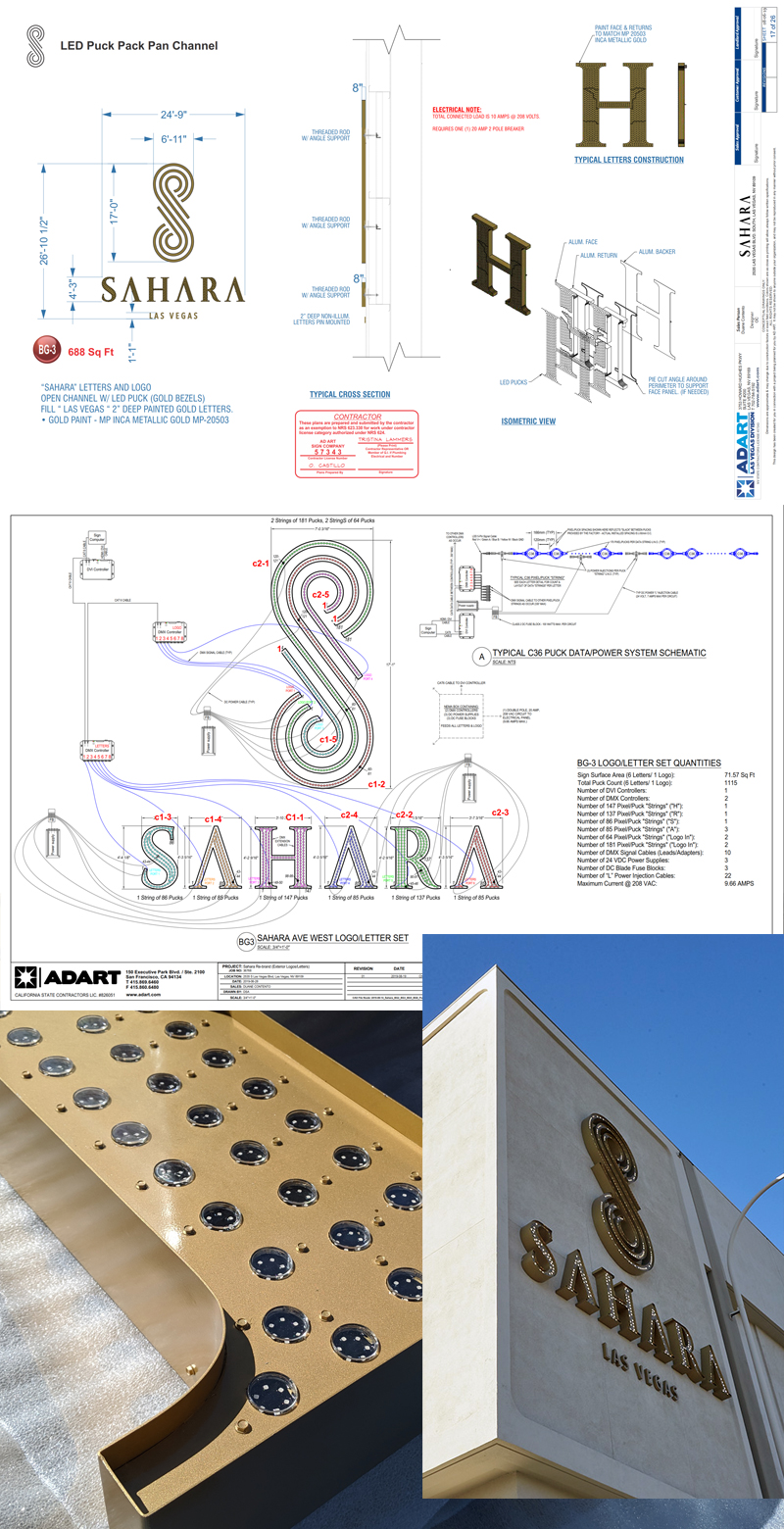Channel Letters
The backbone of the signage industry, used in every market, from 3" letters on panel signs to 20' letters on buildings
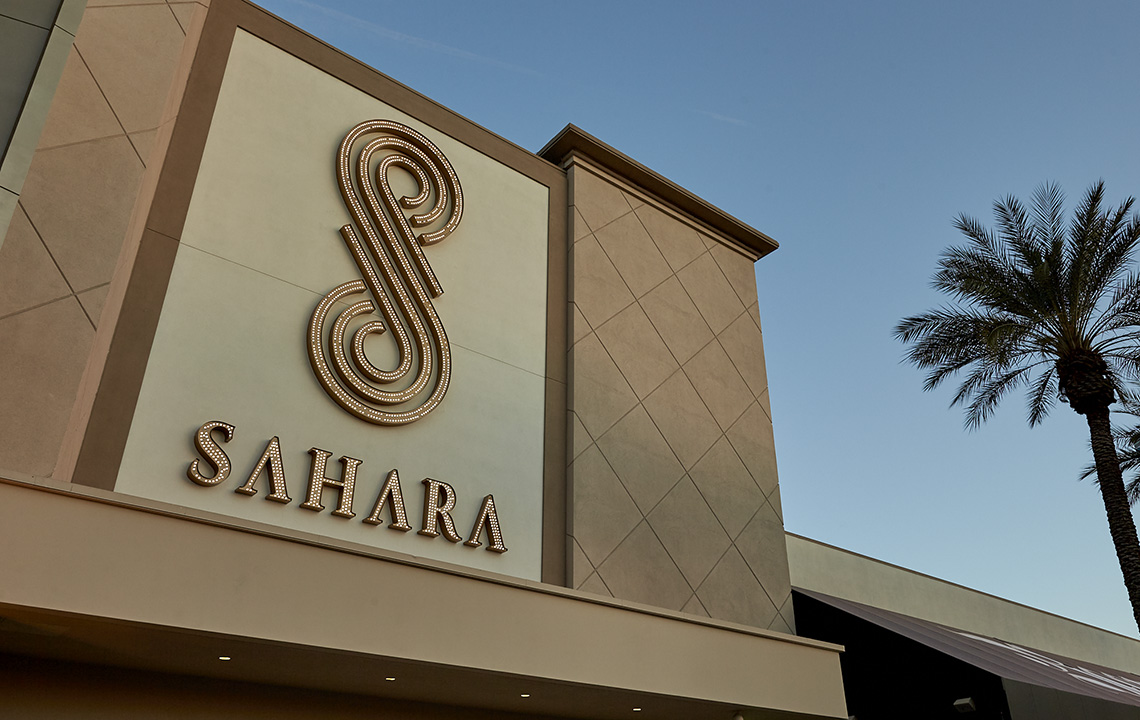
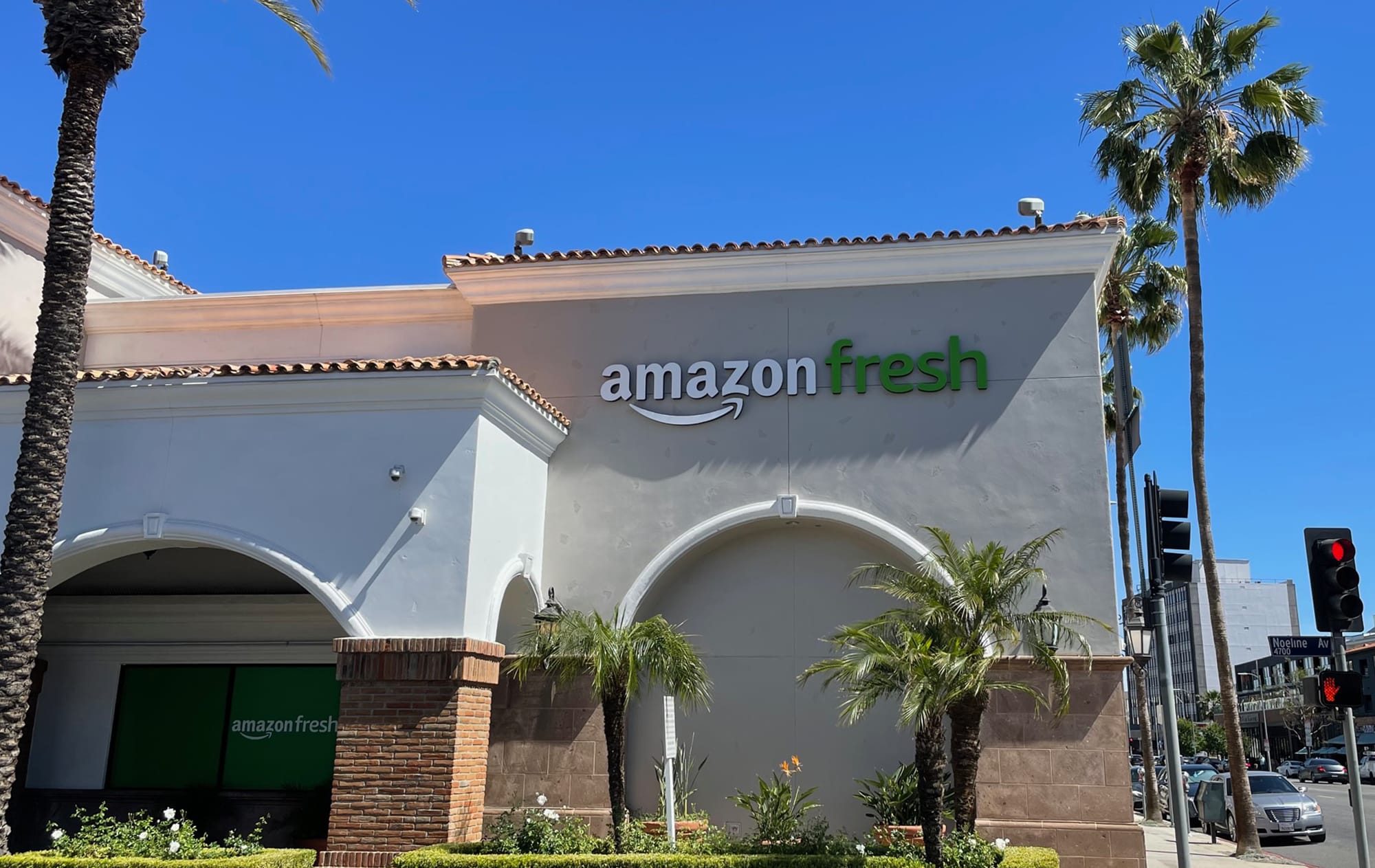
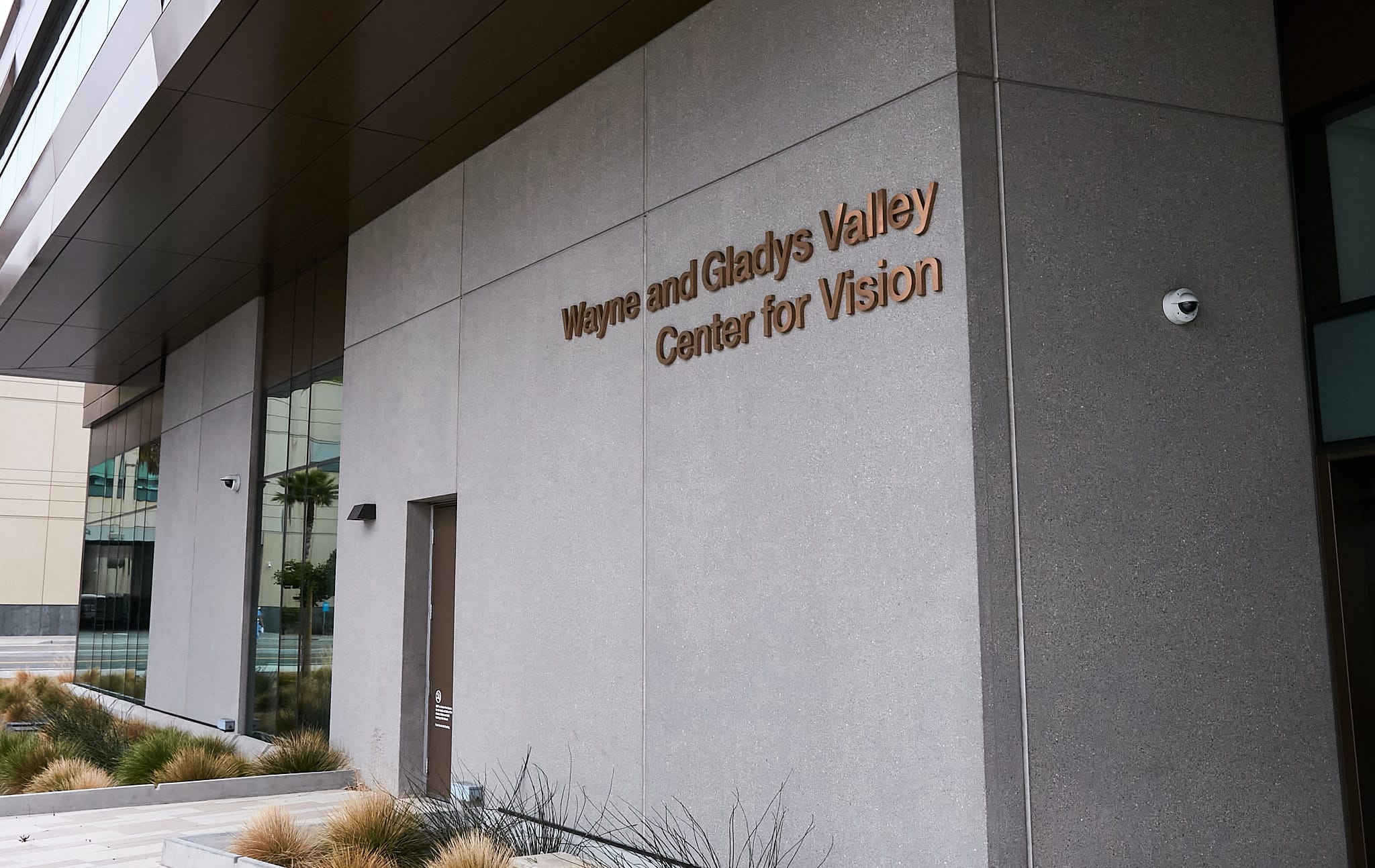
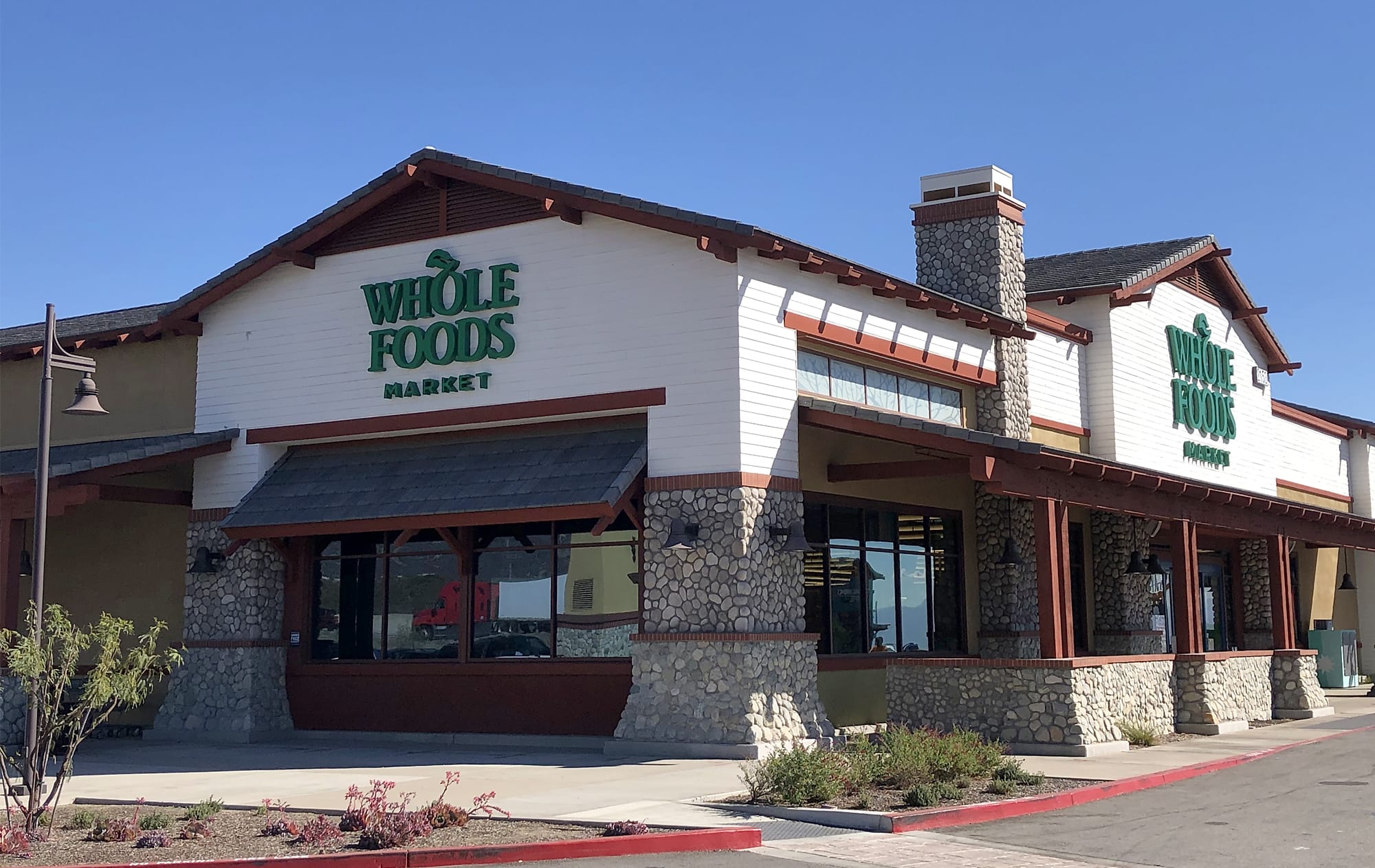
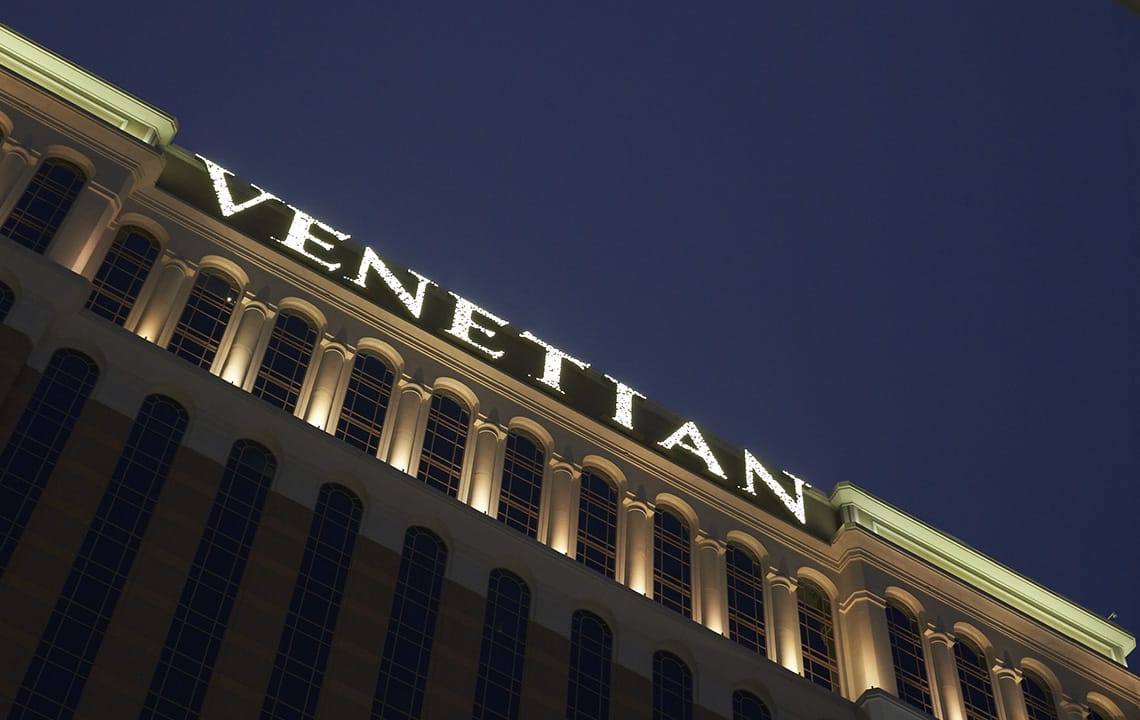
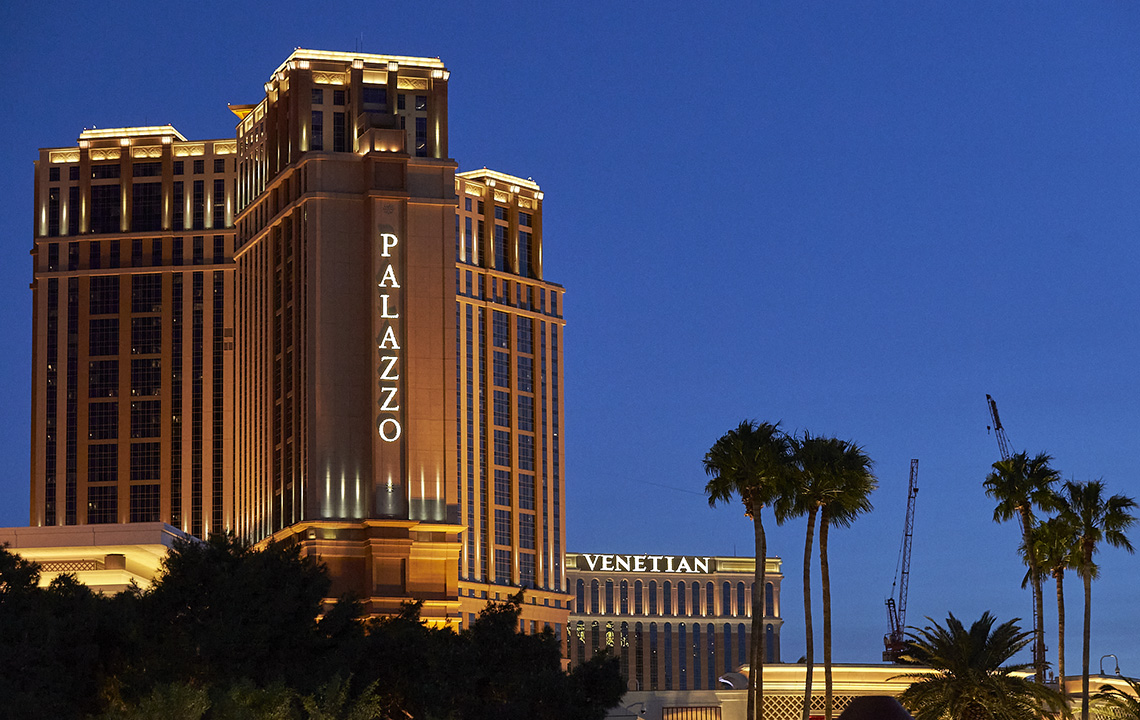
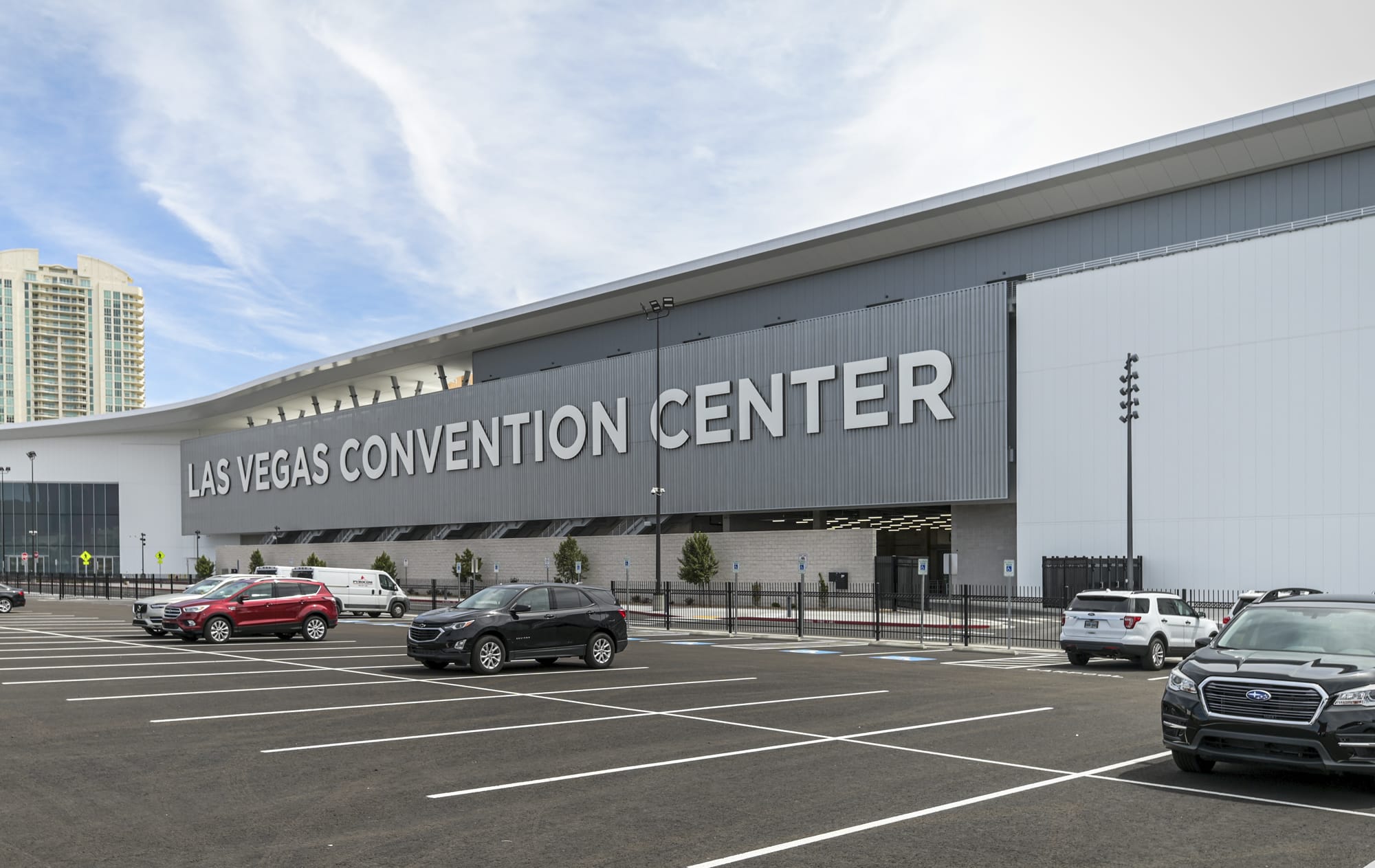
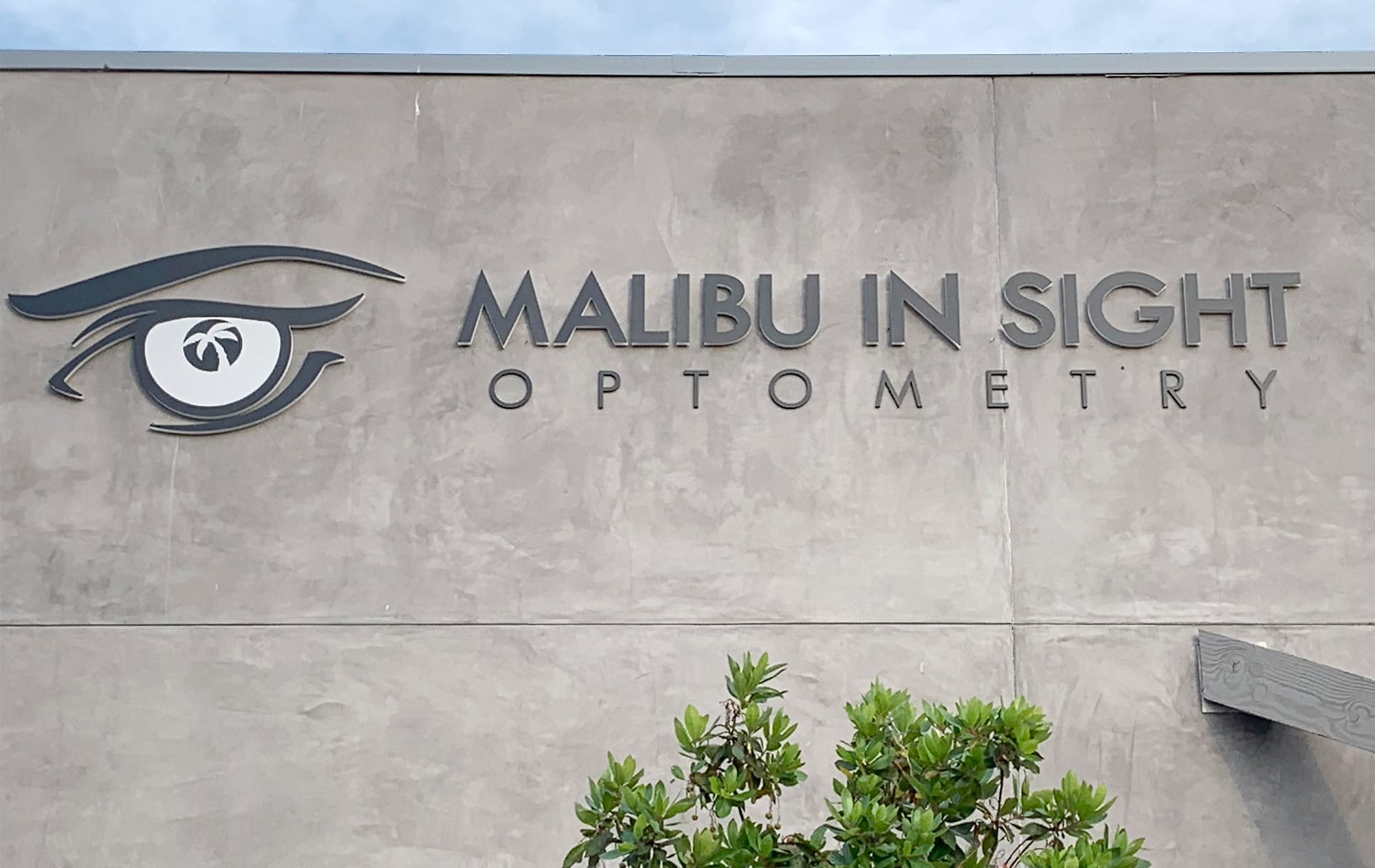
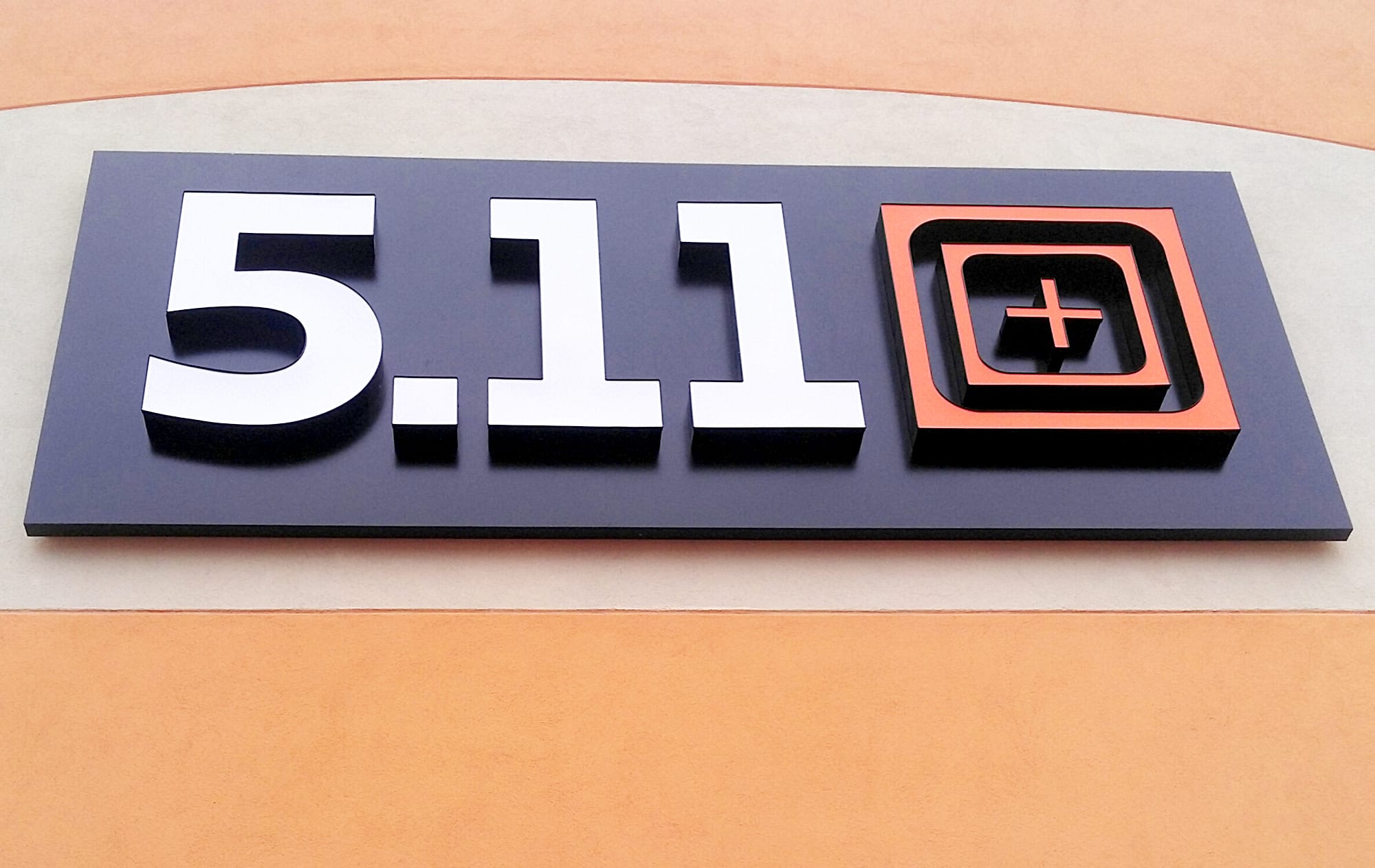
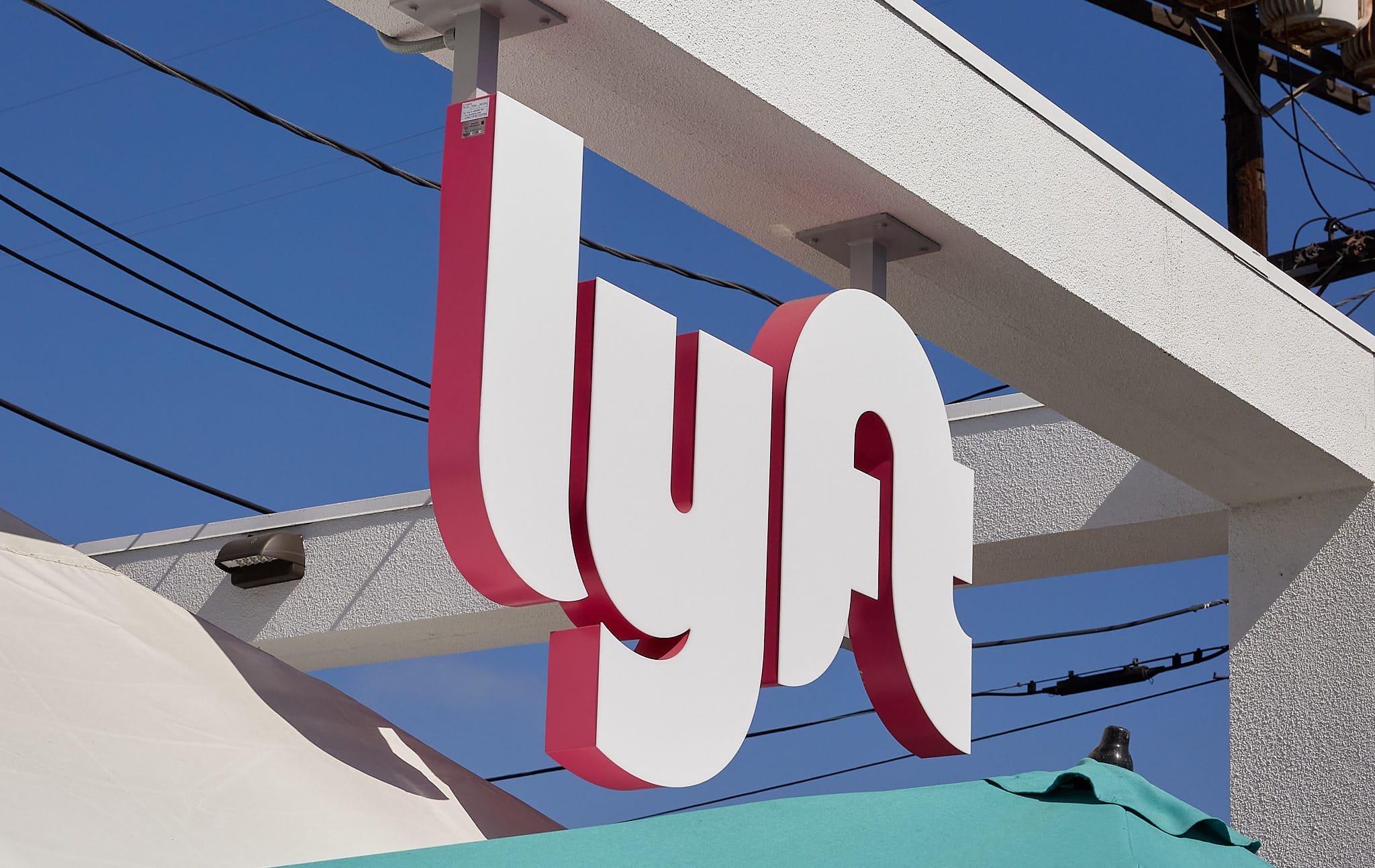
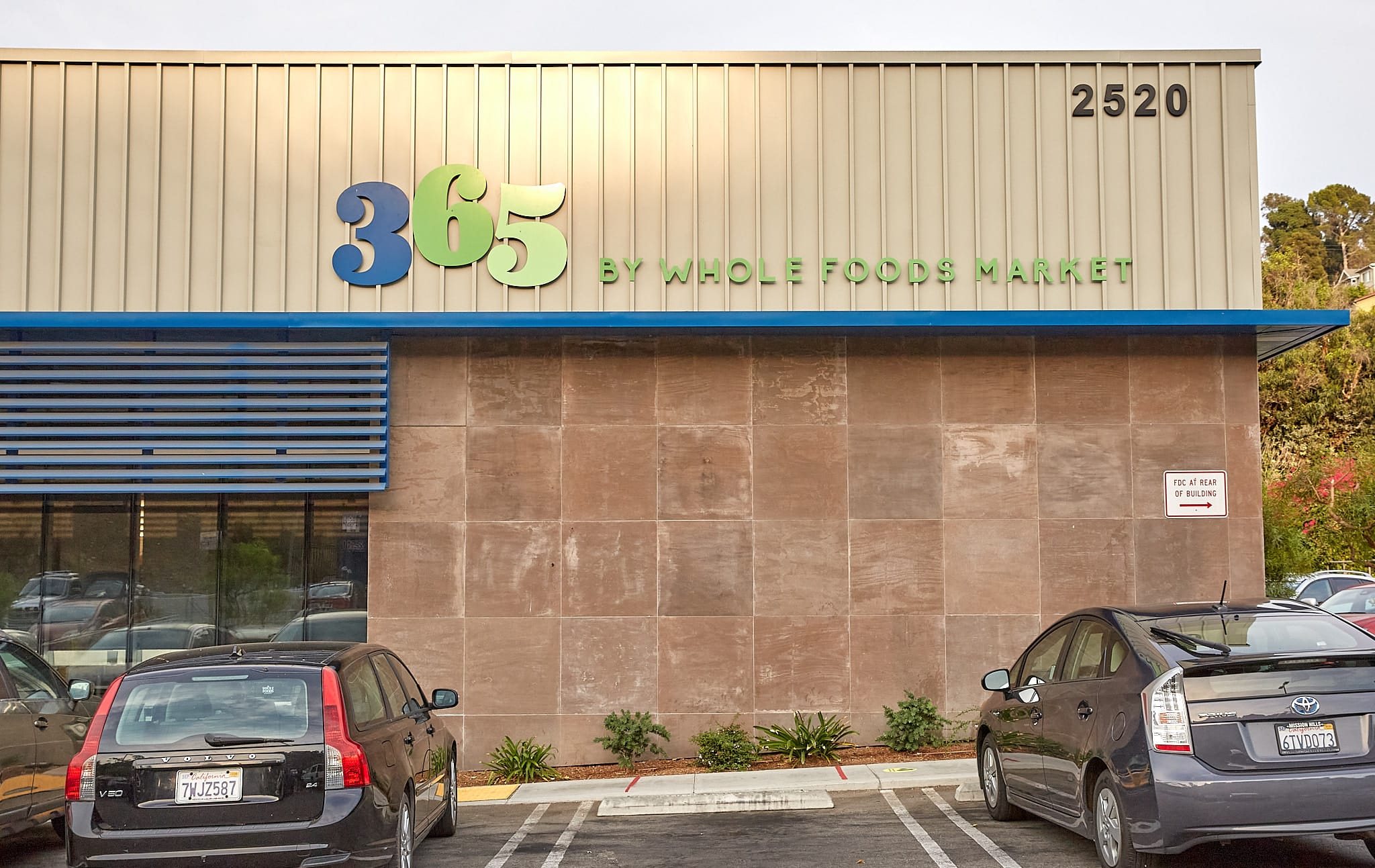
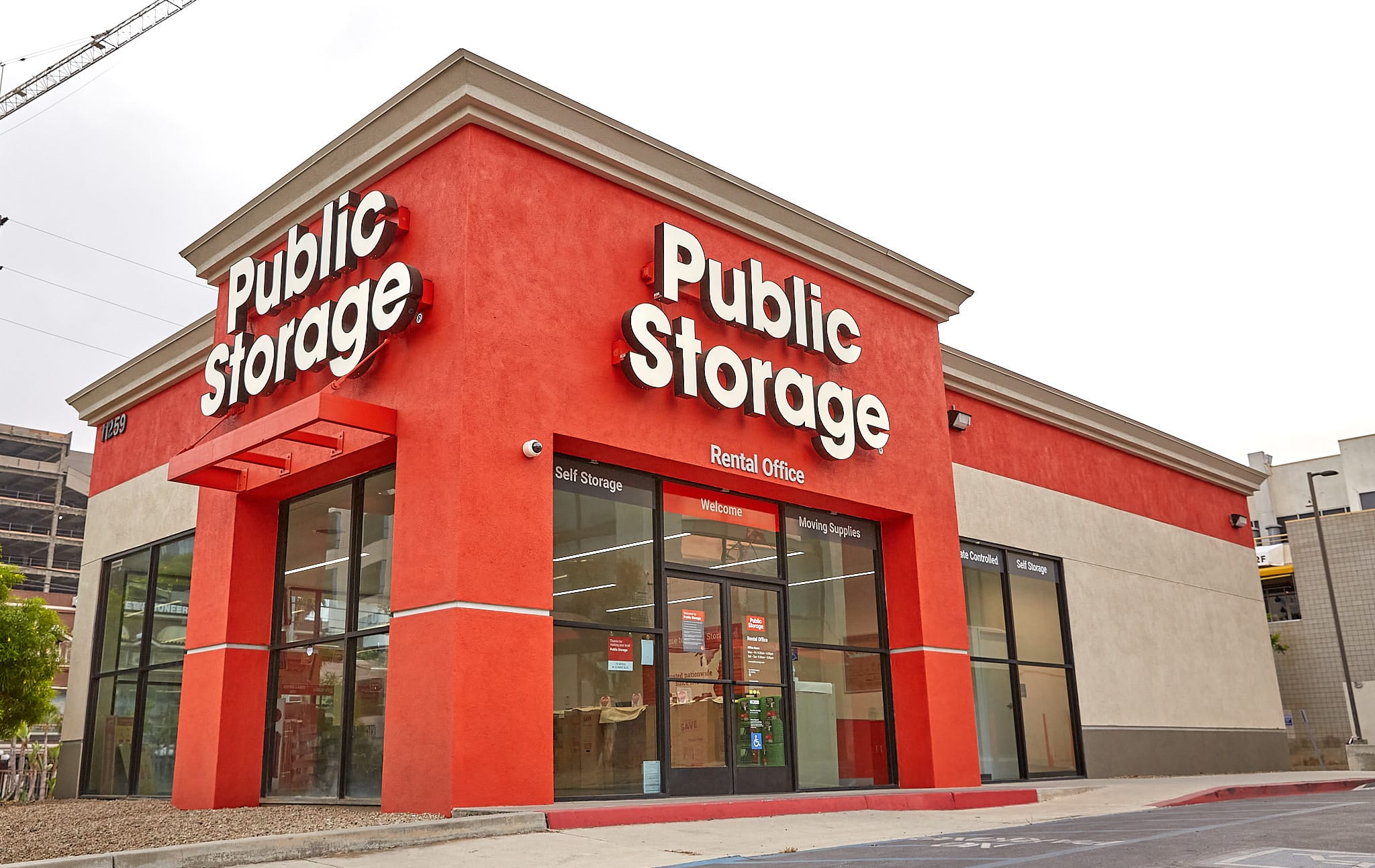
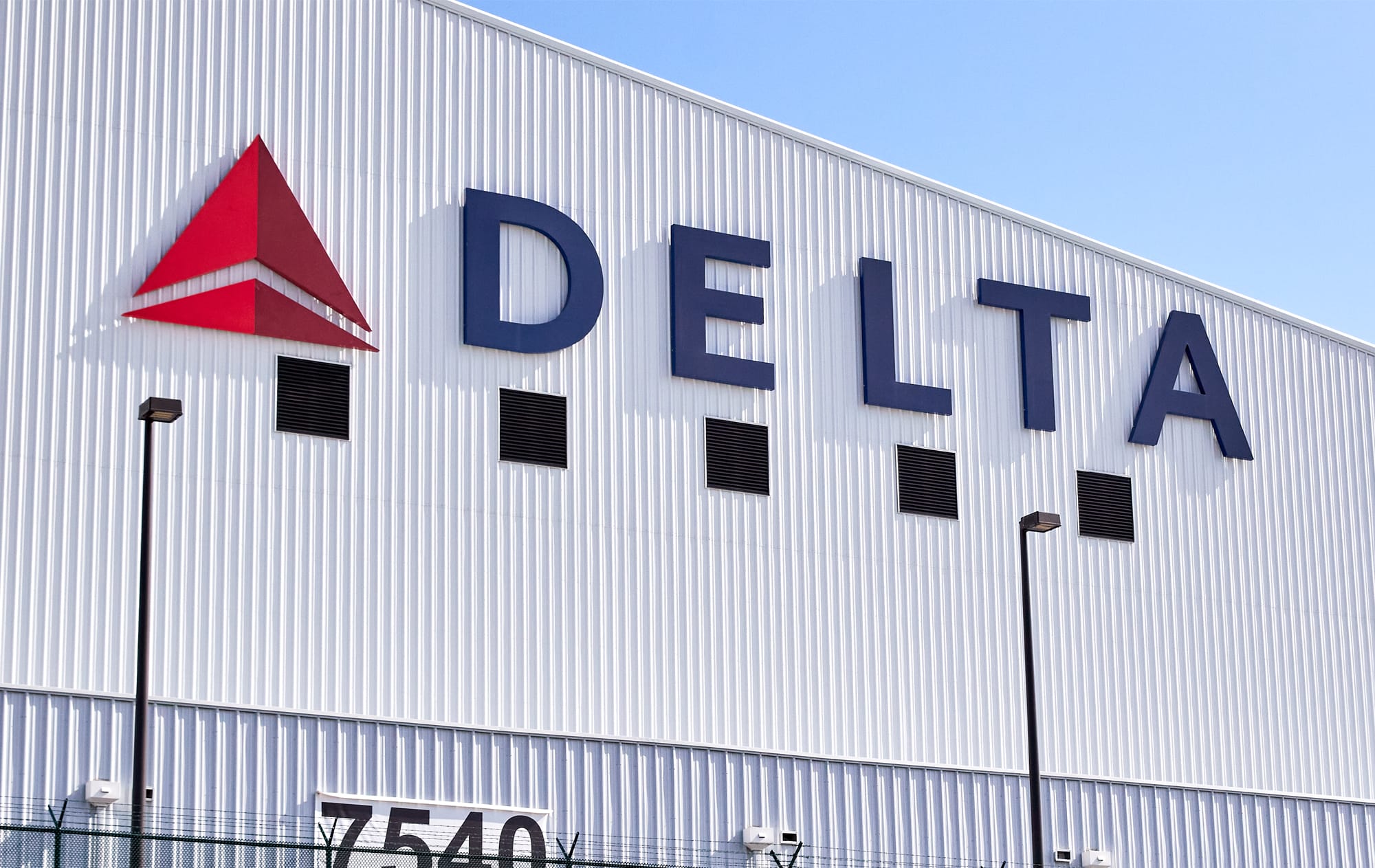
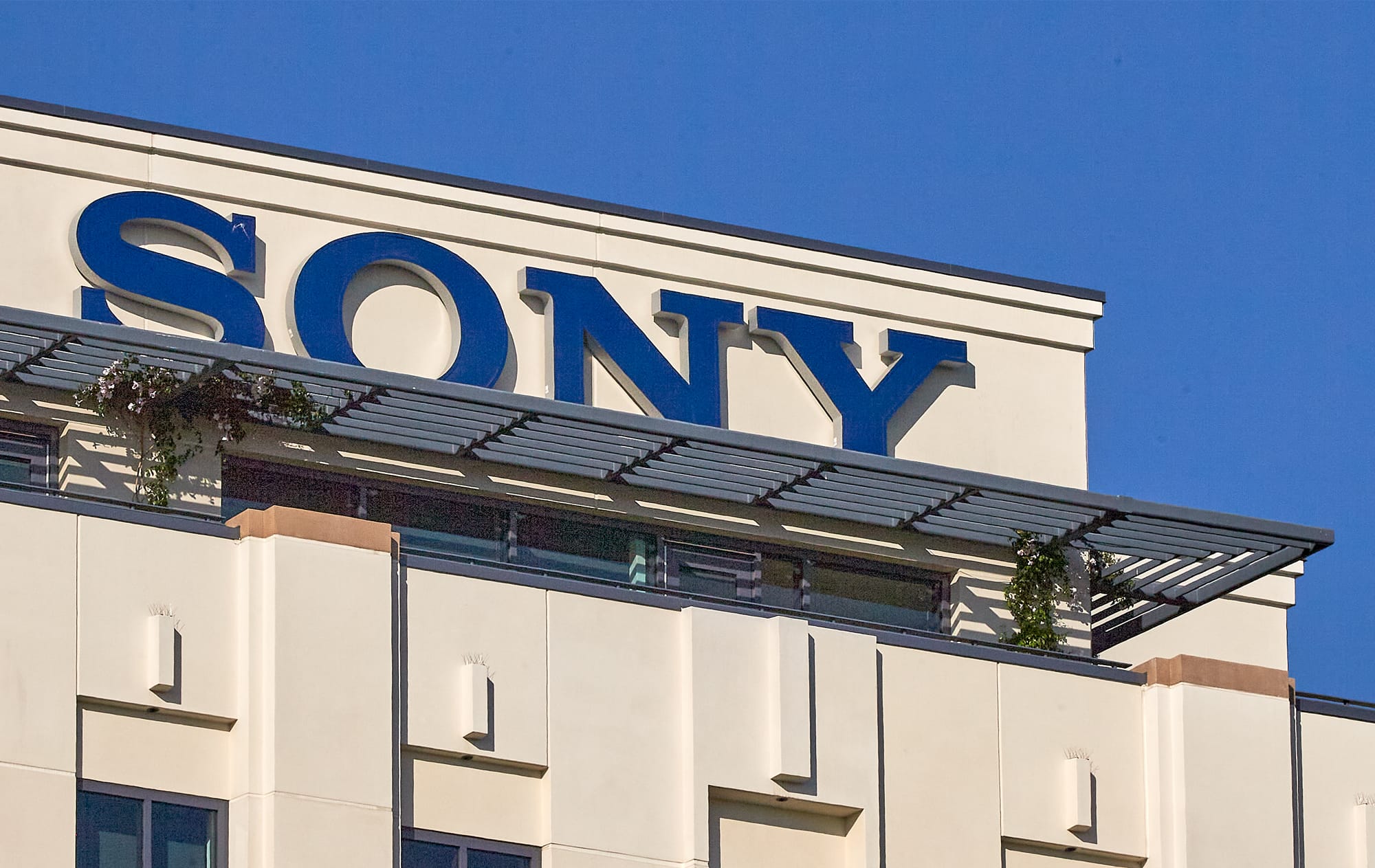
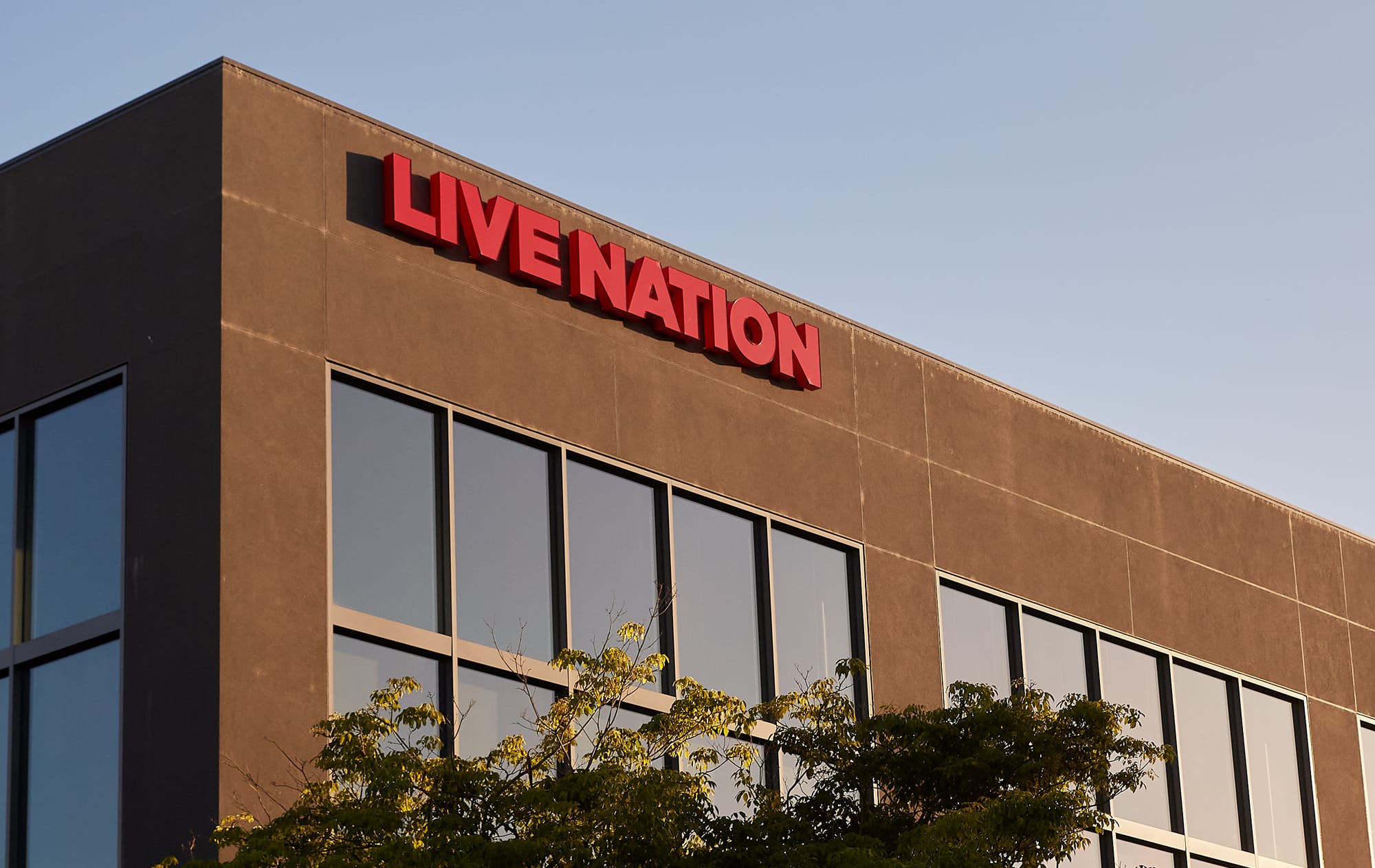
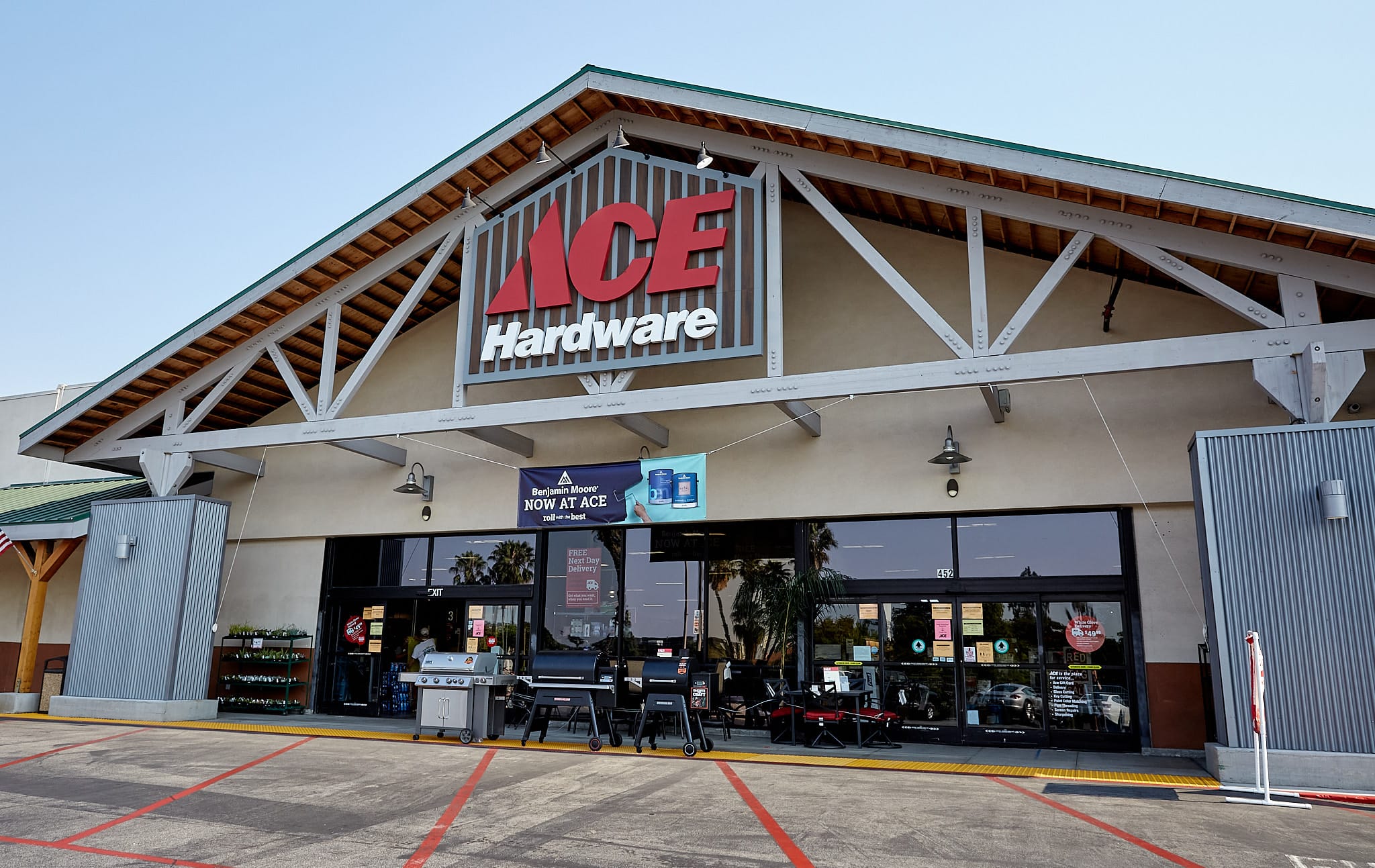
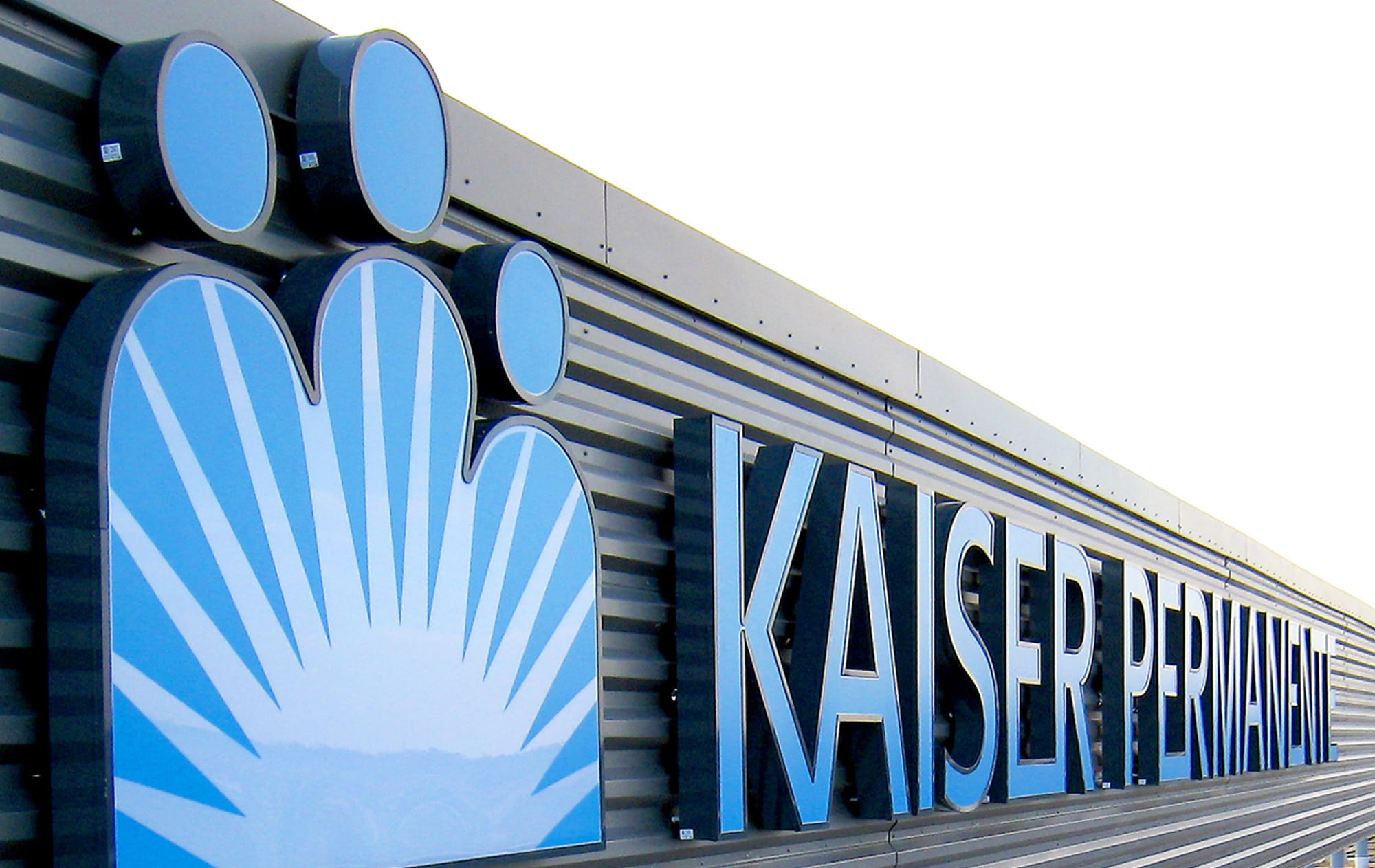
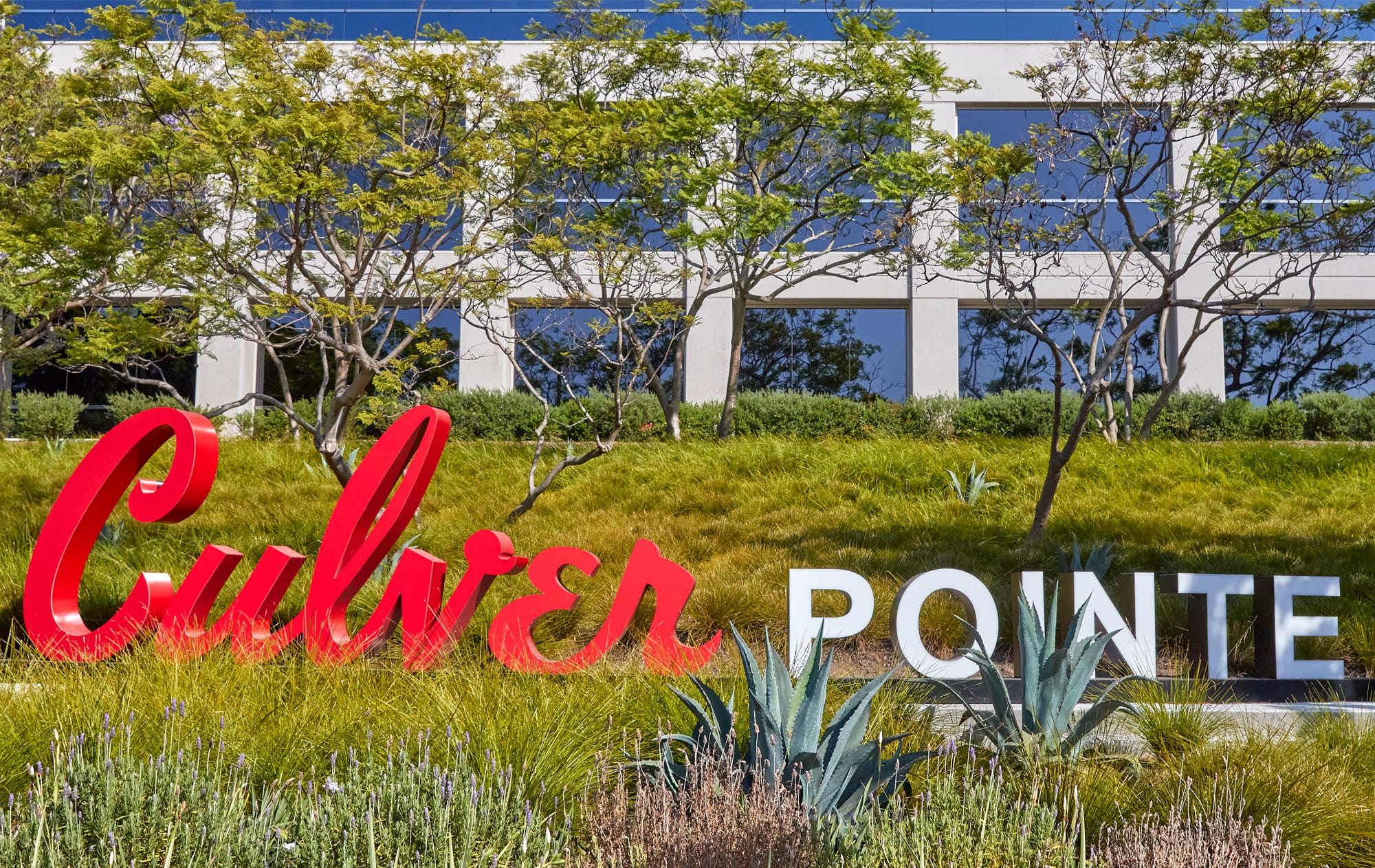
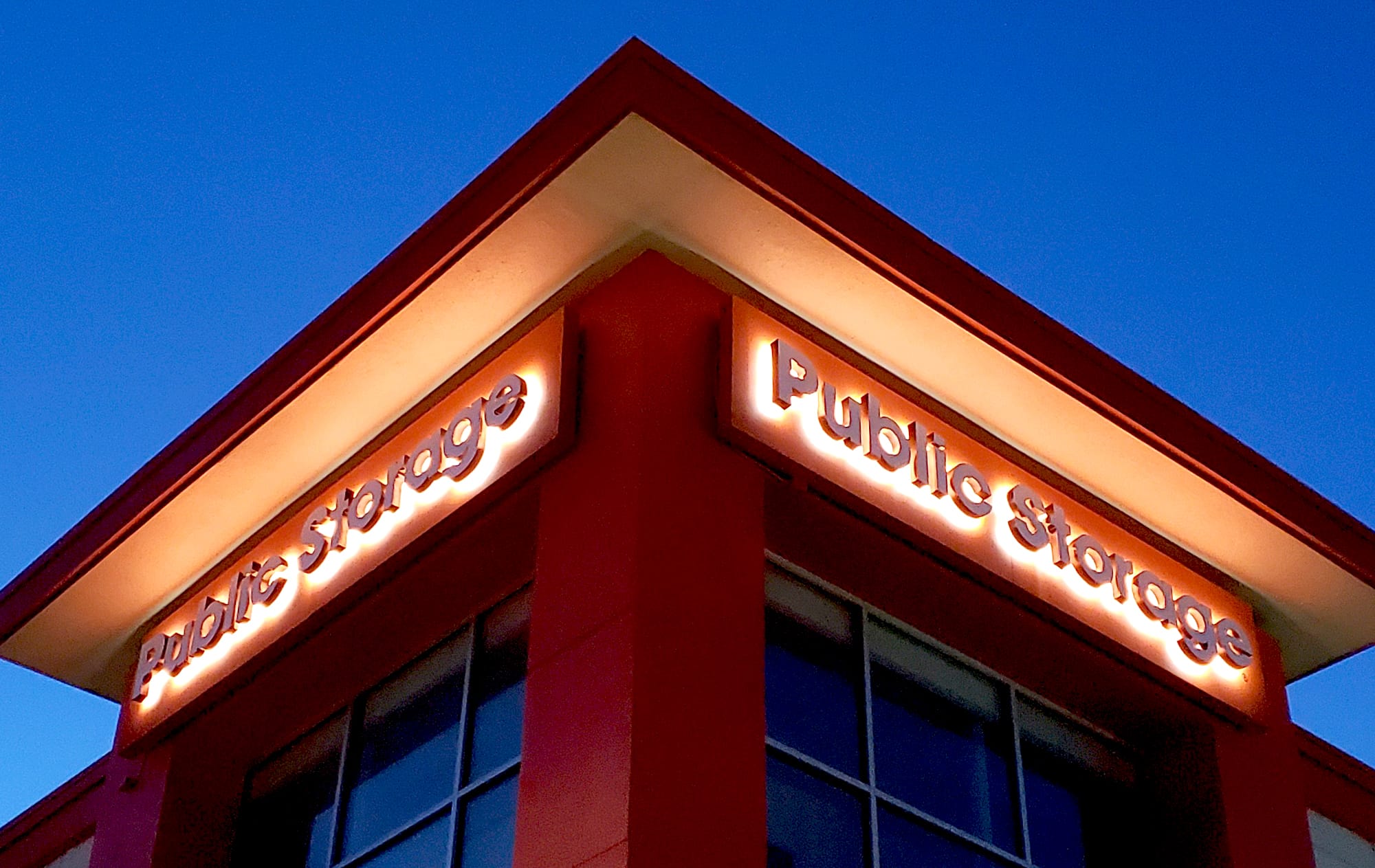
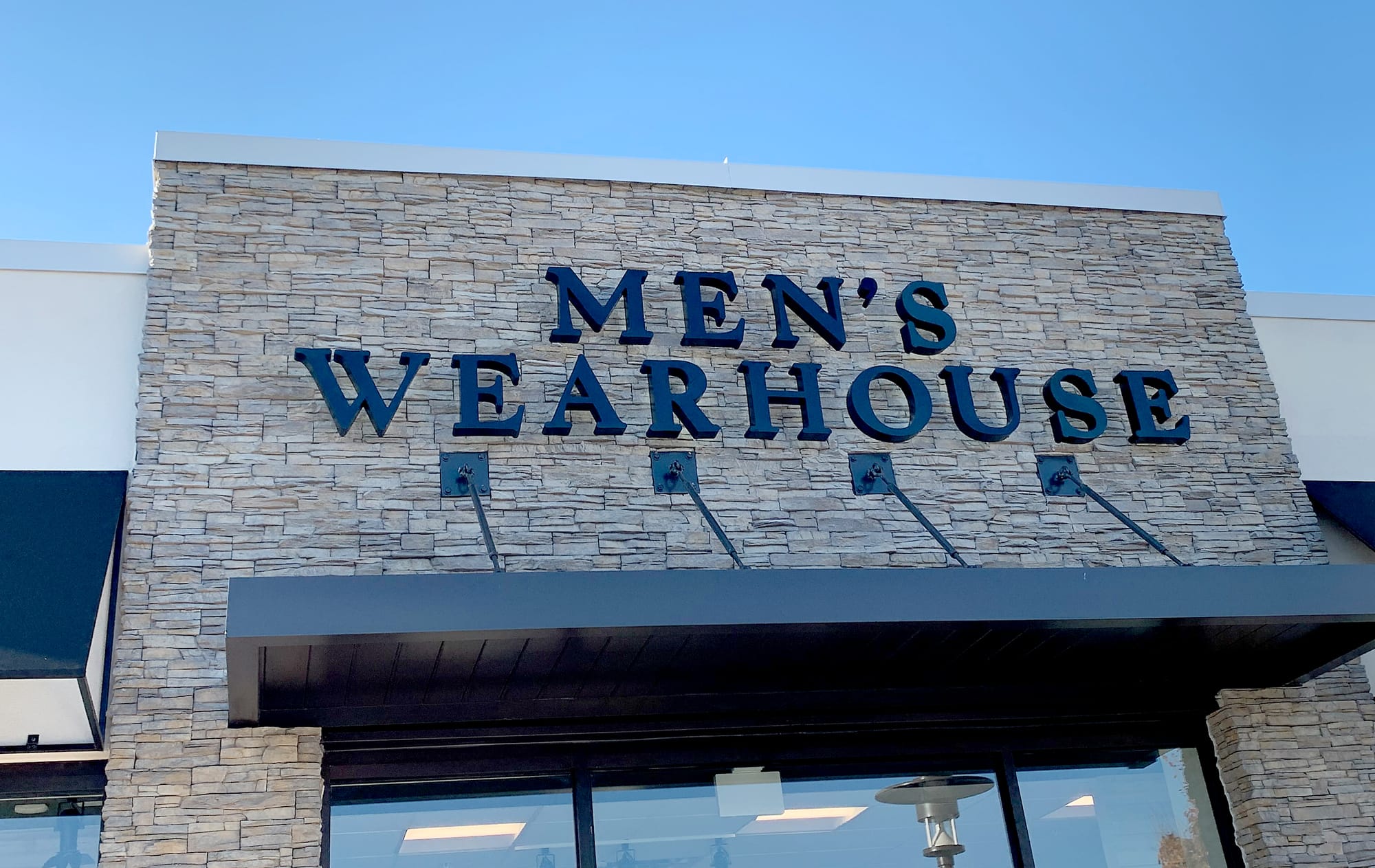
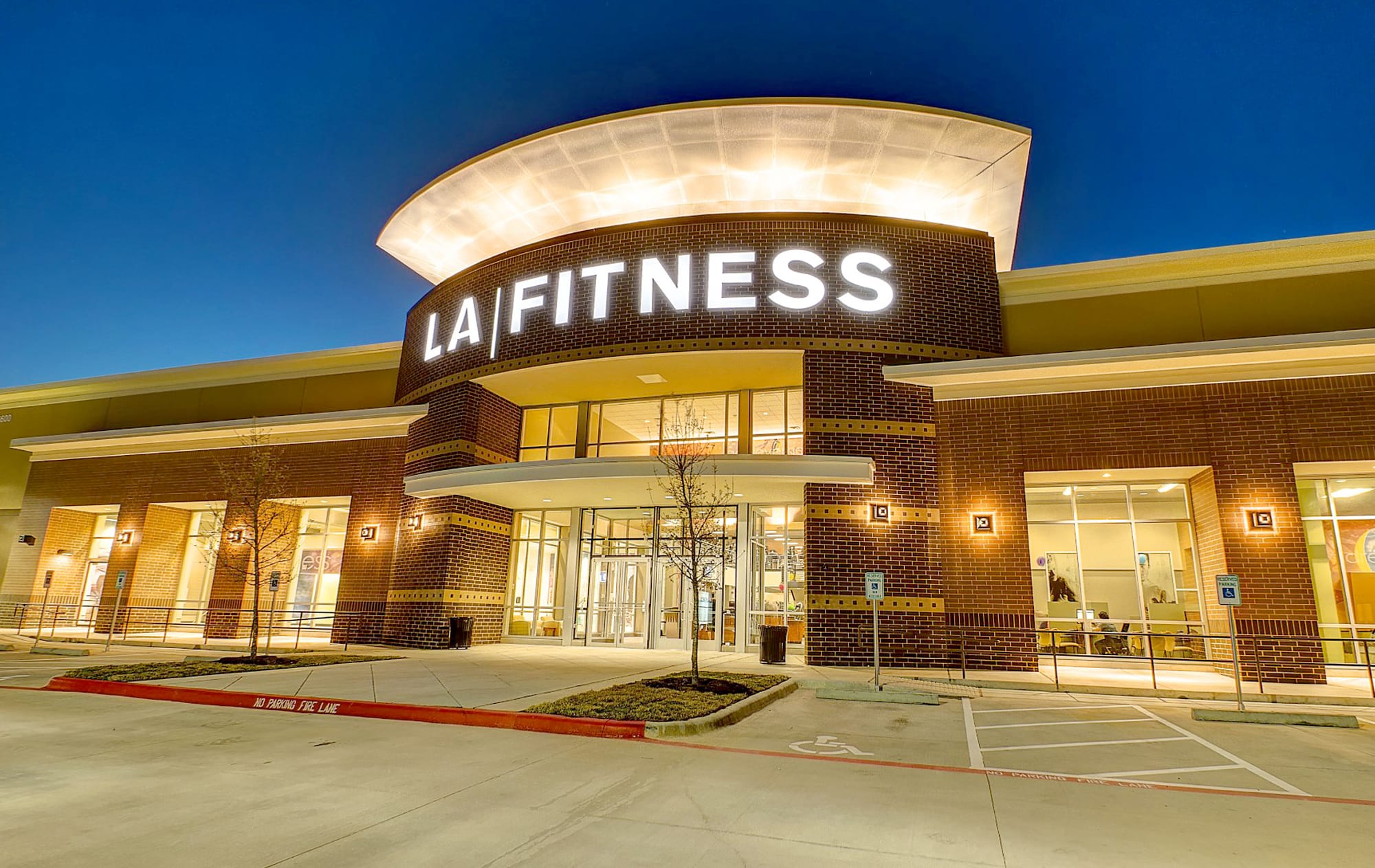
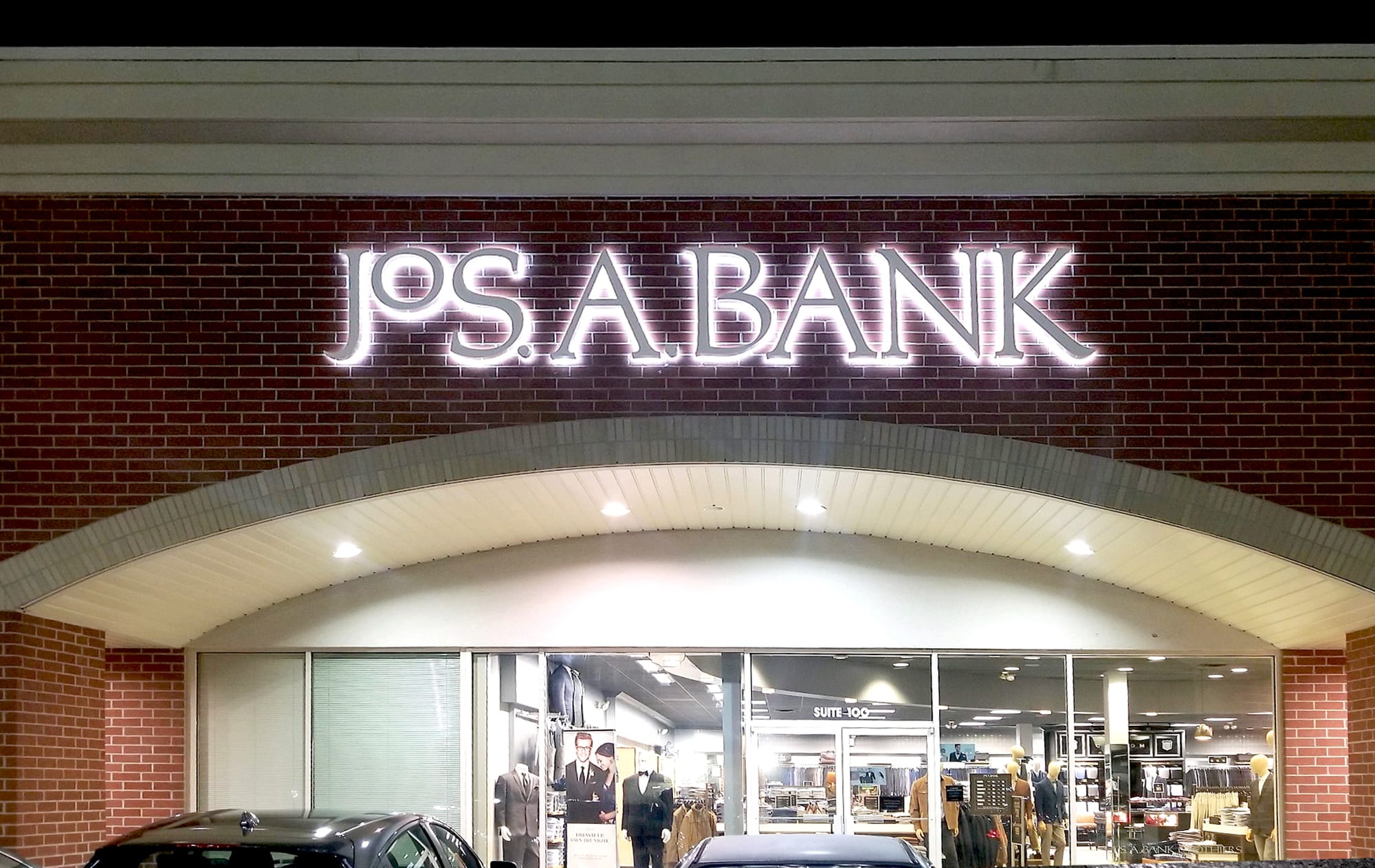
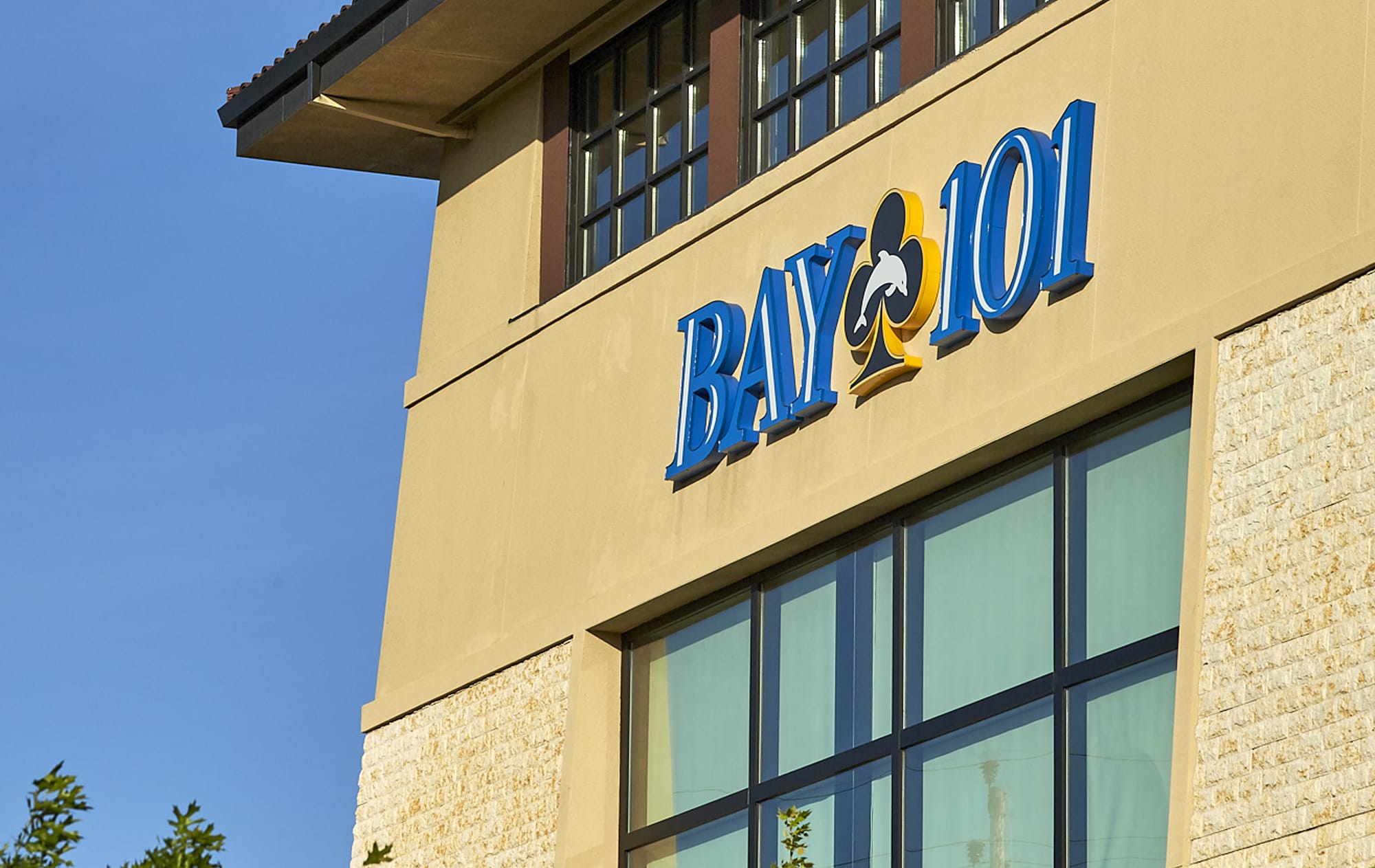
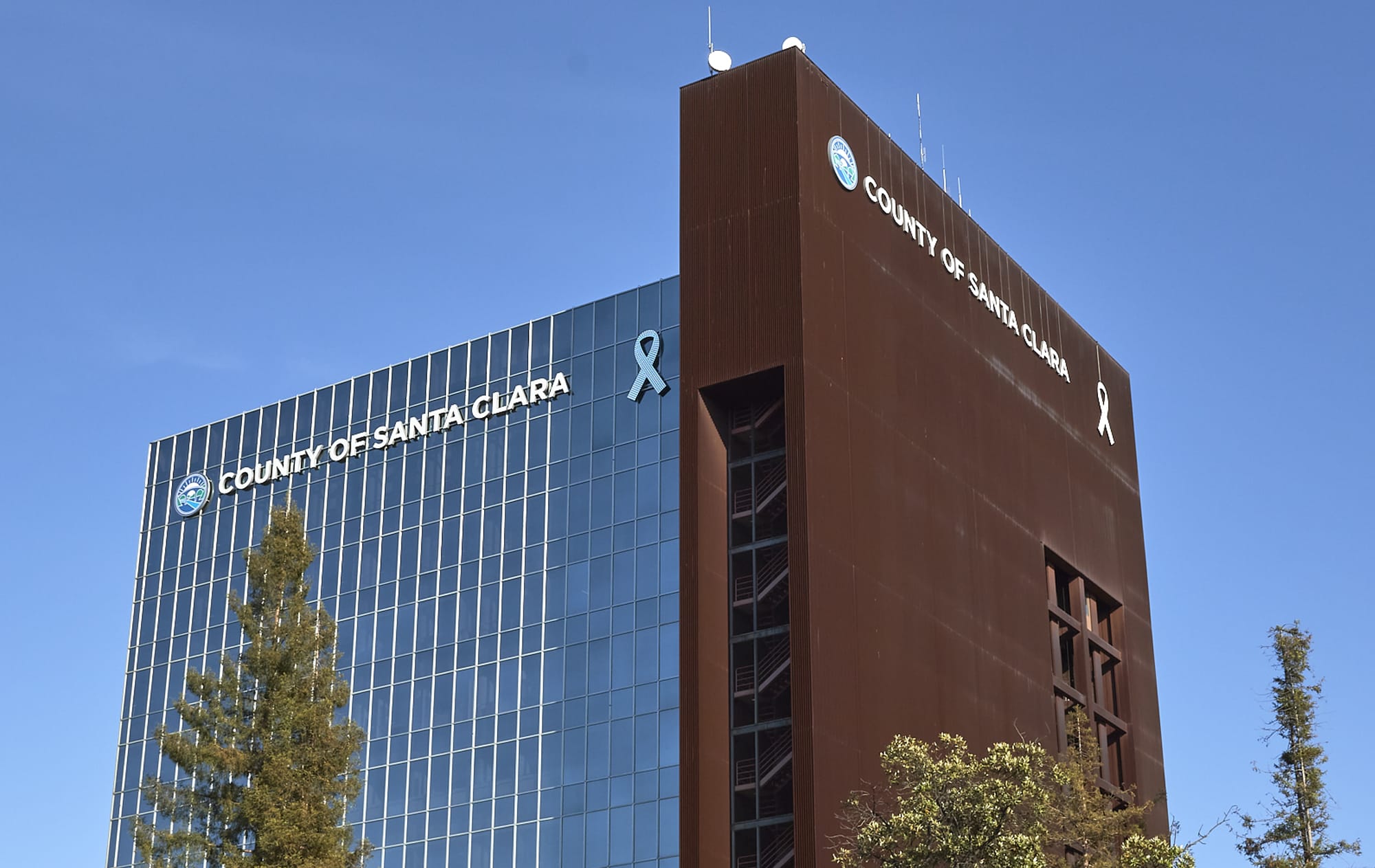
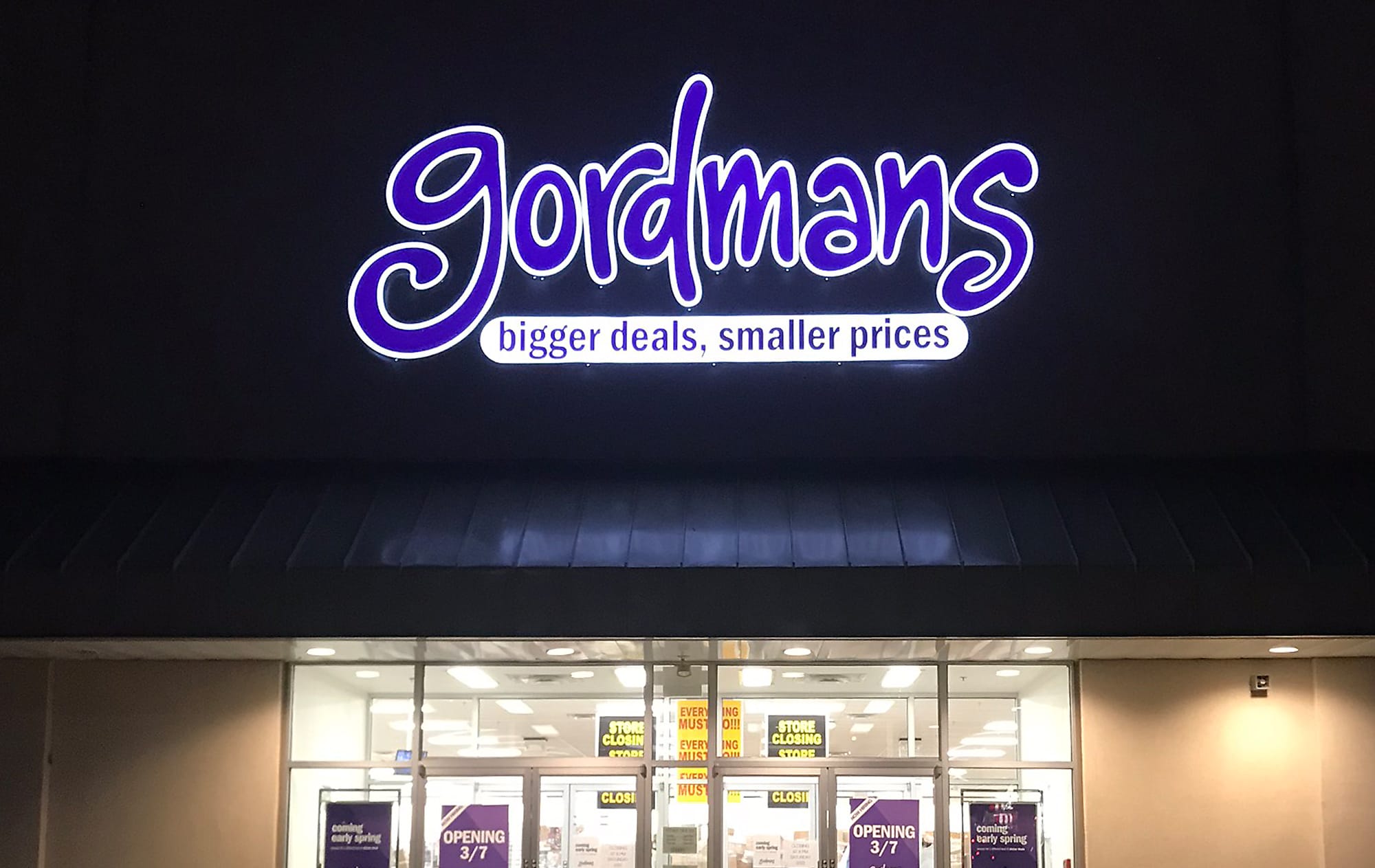
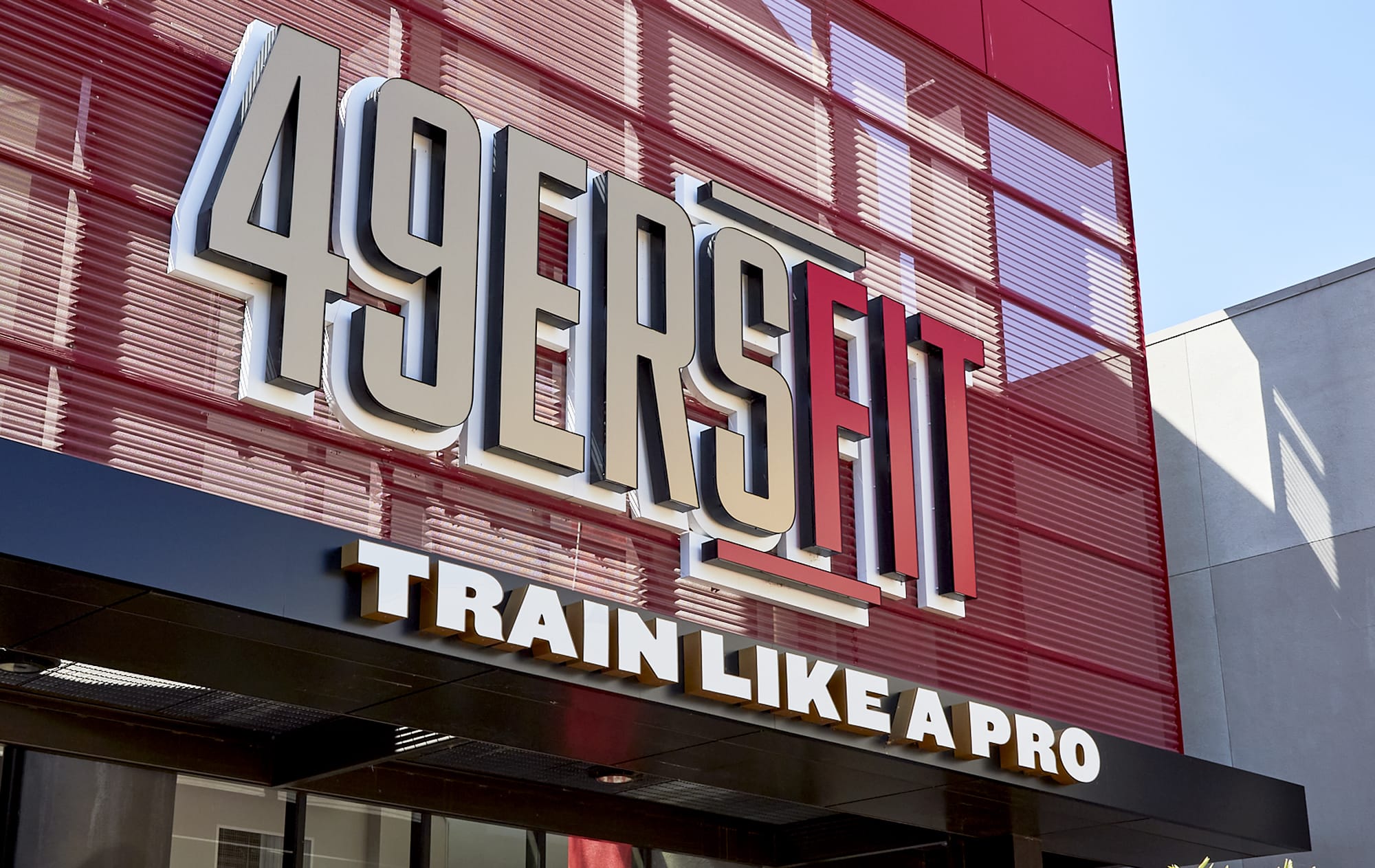
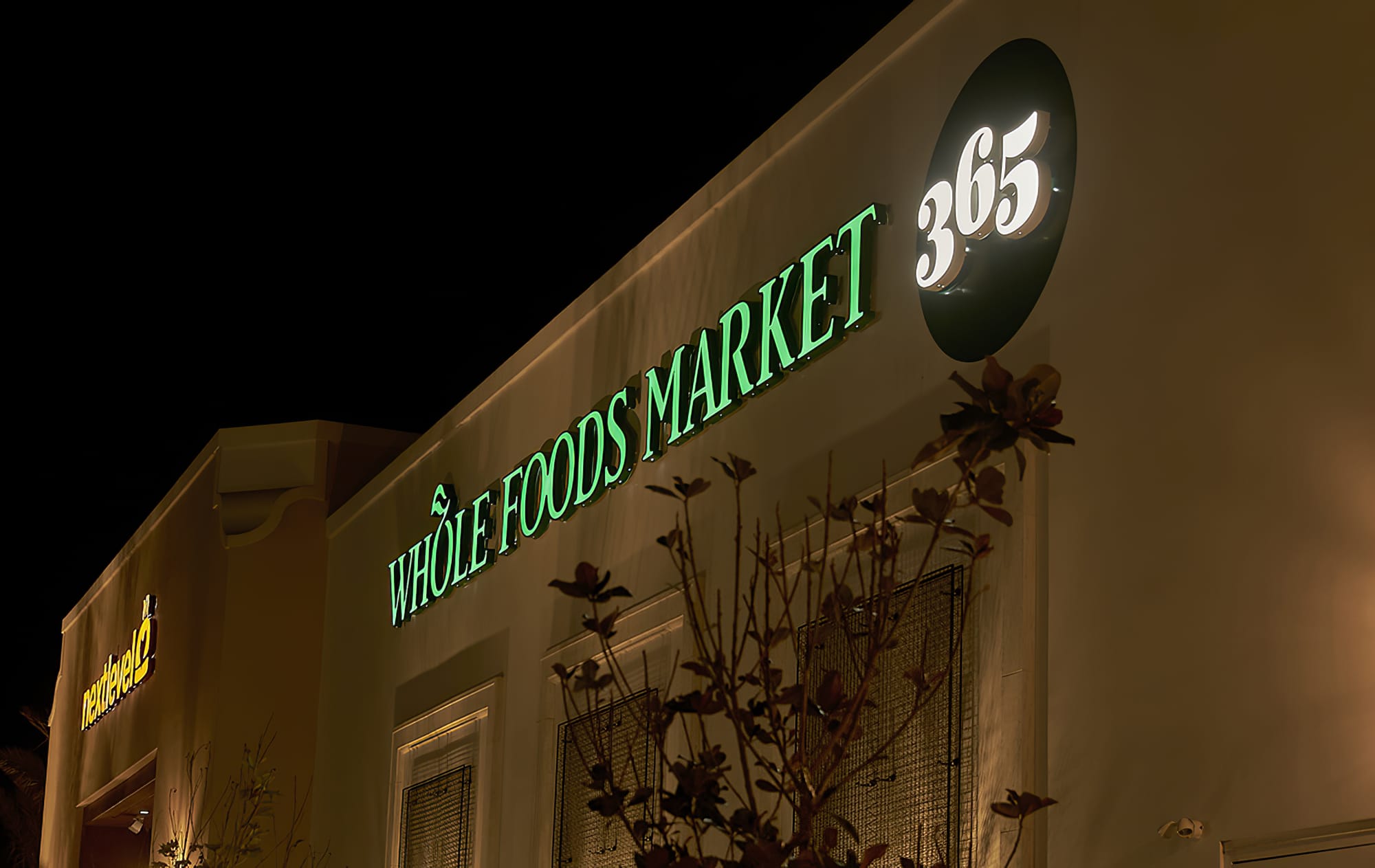
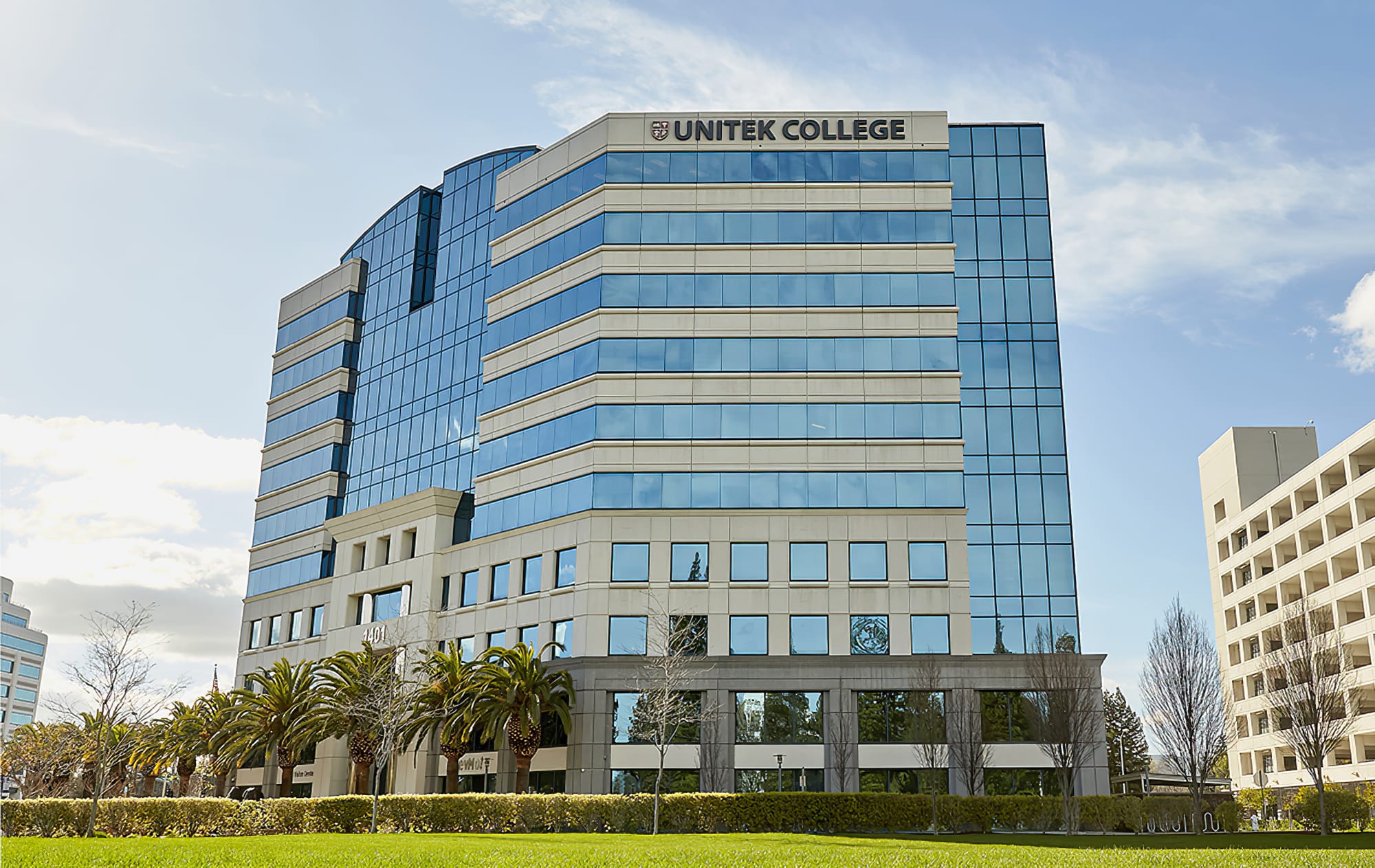
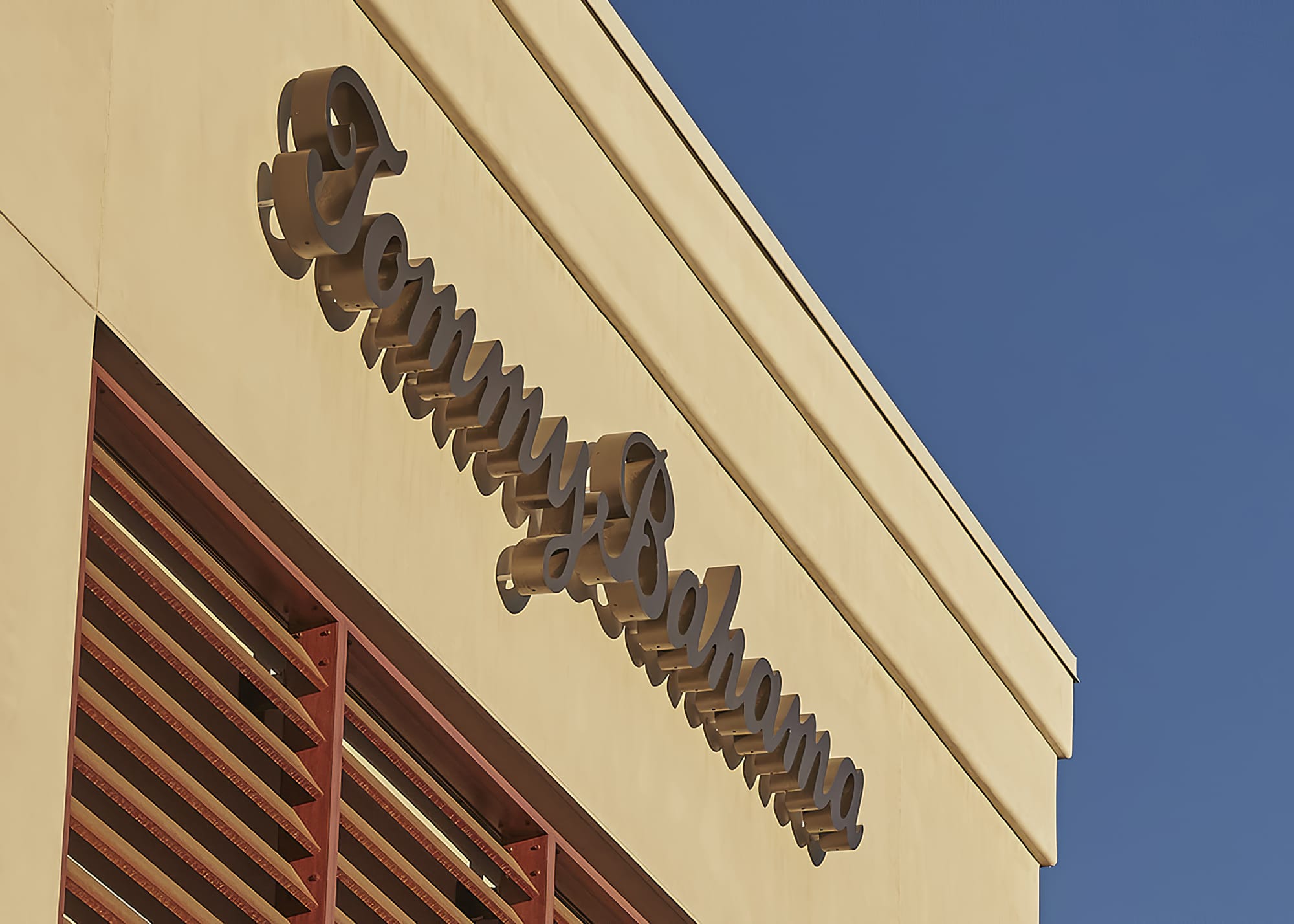
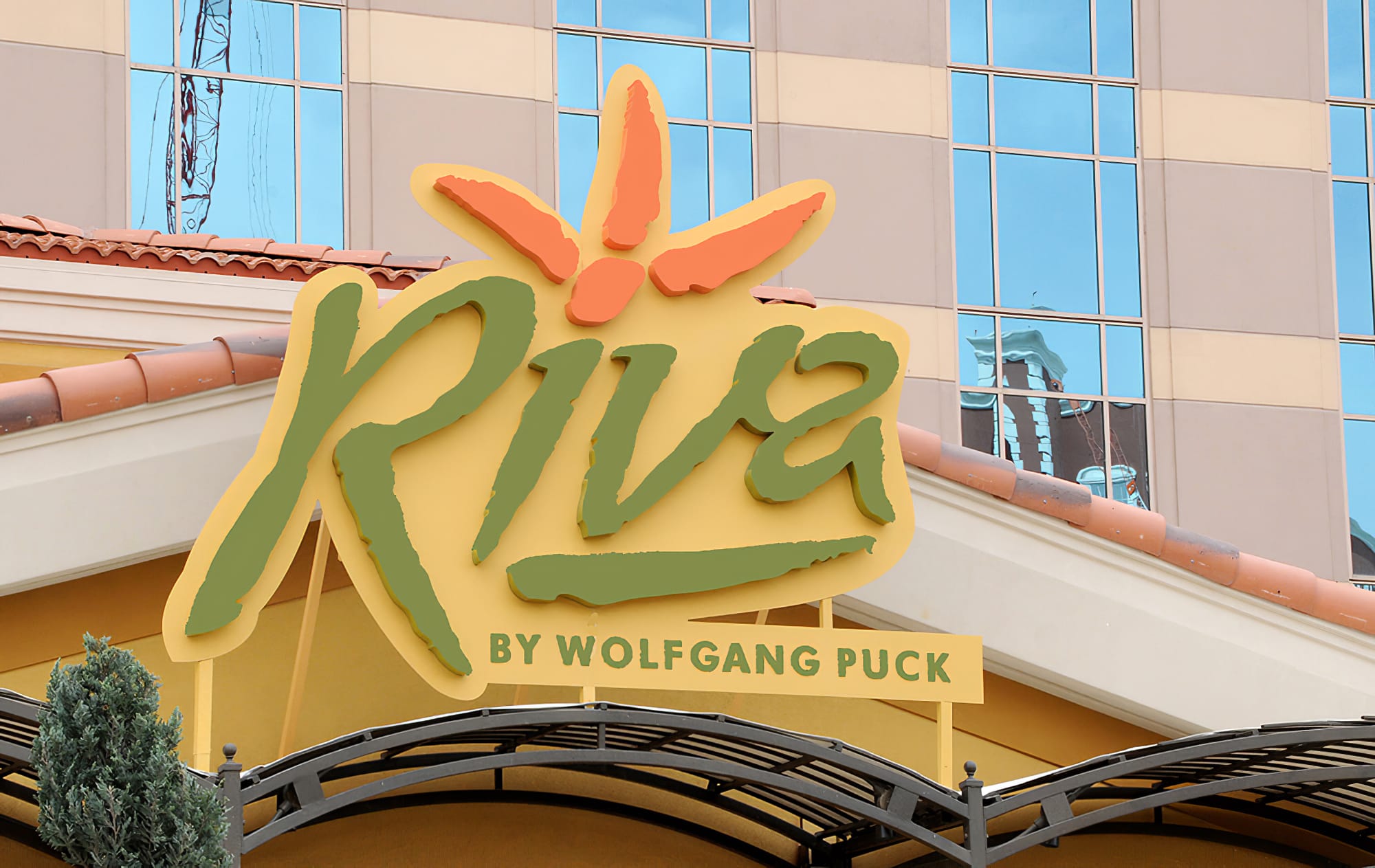
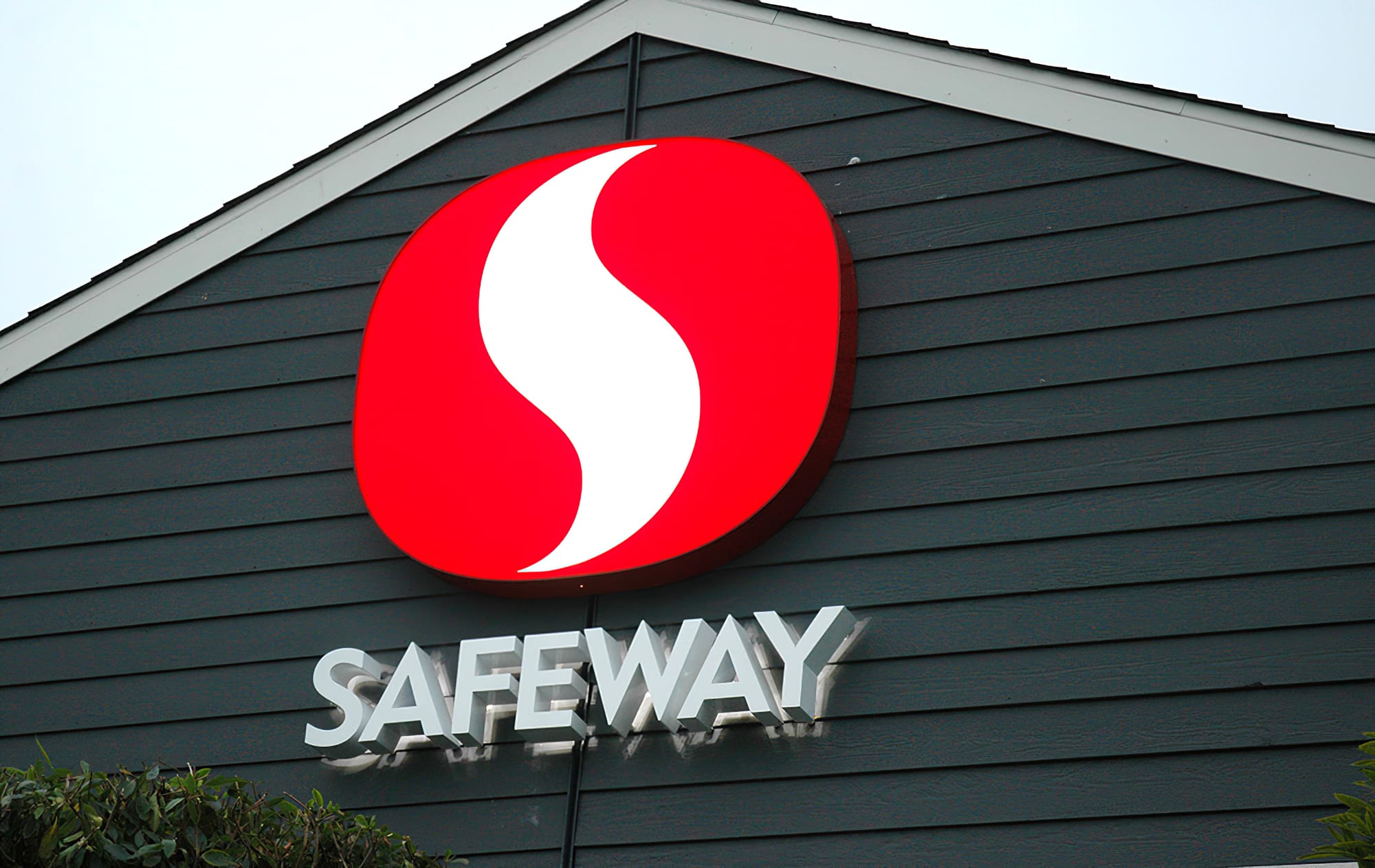
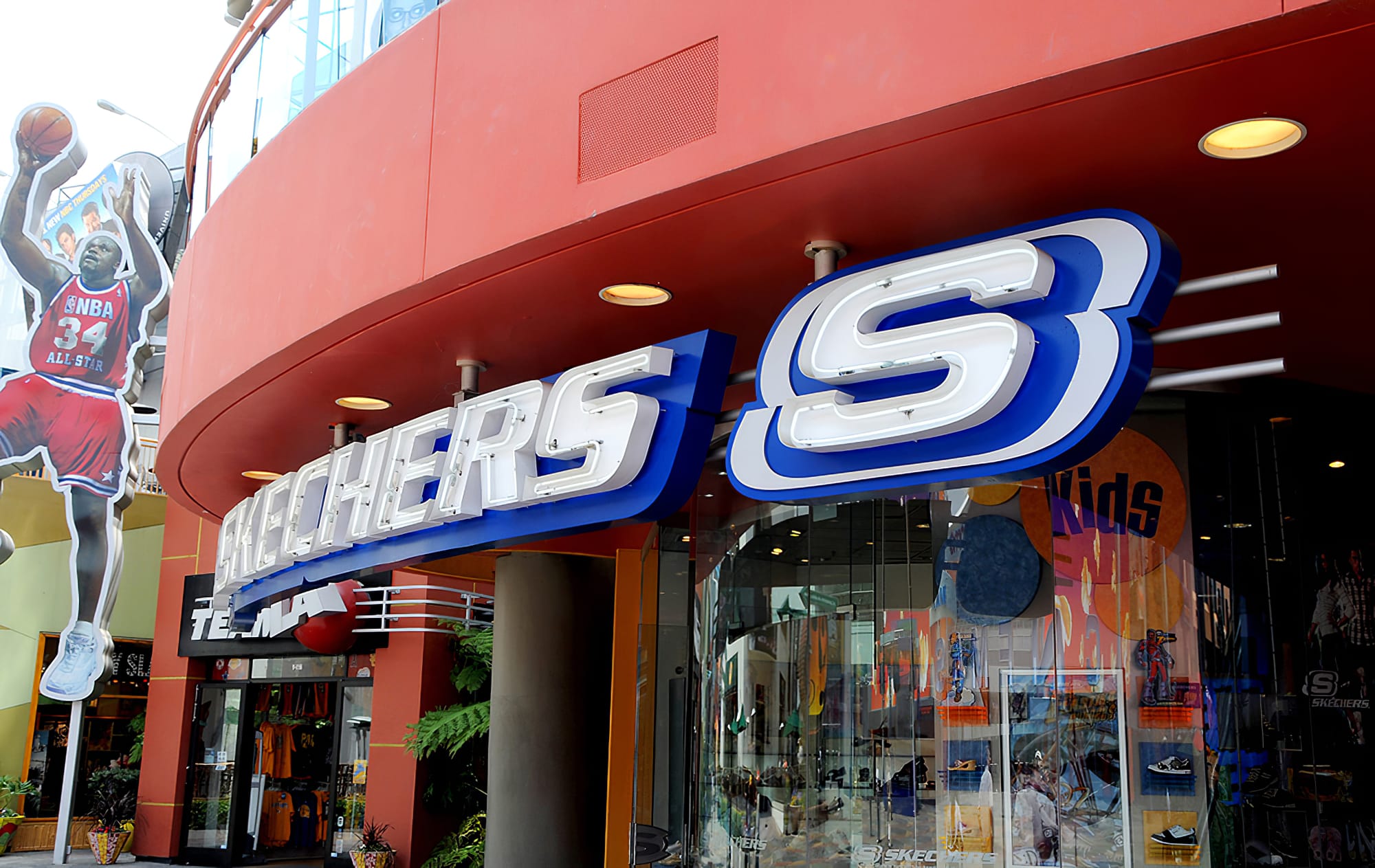
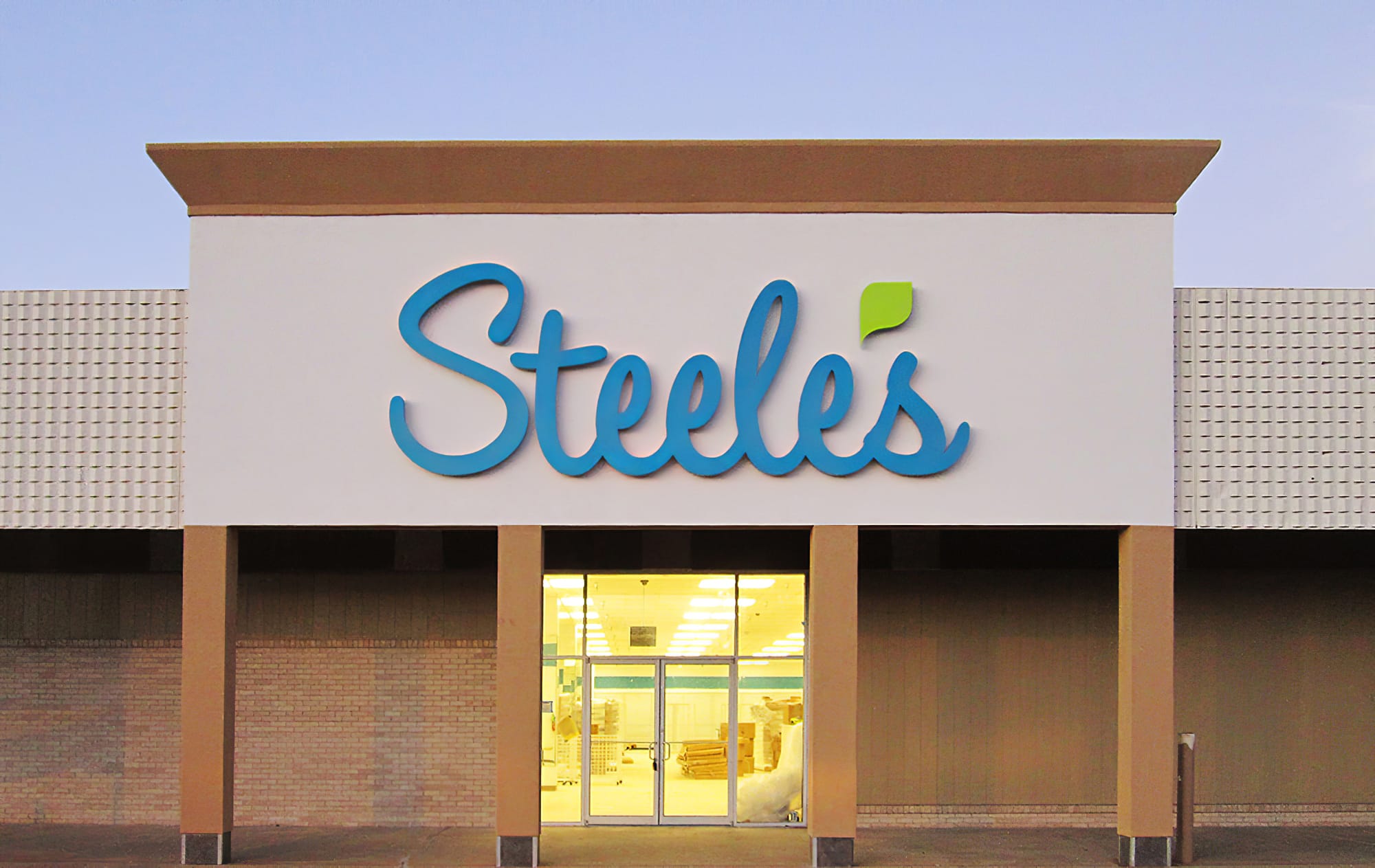
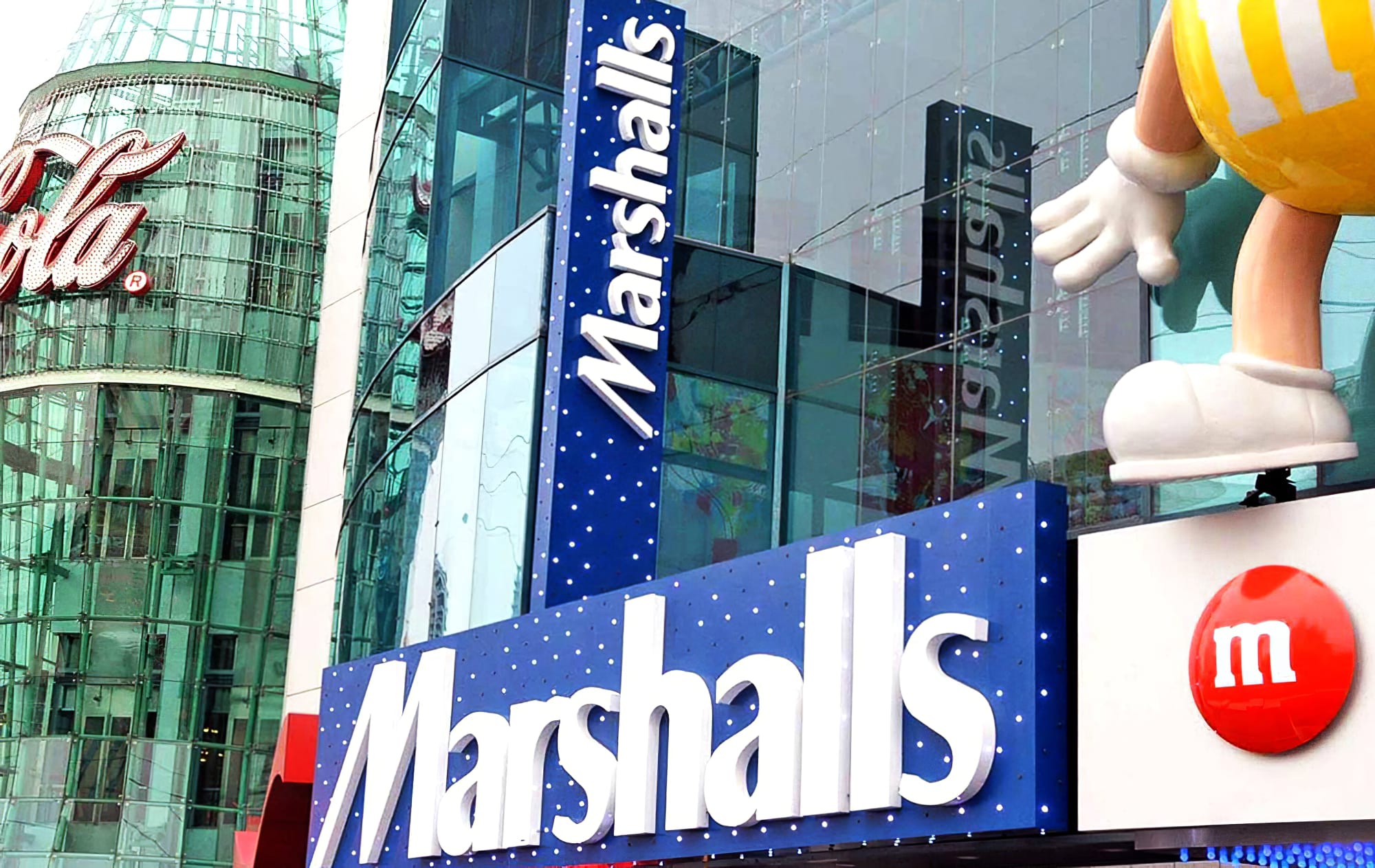
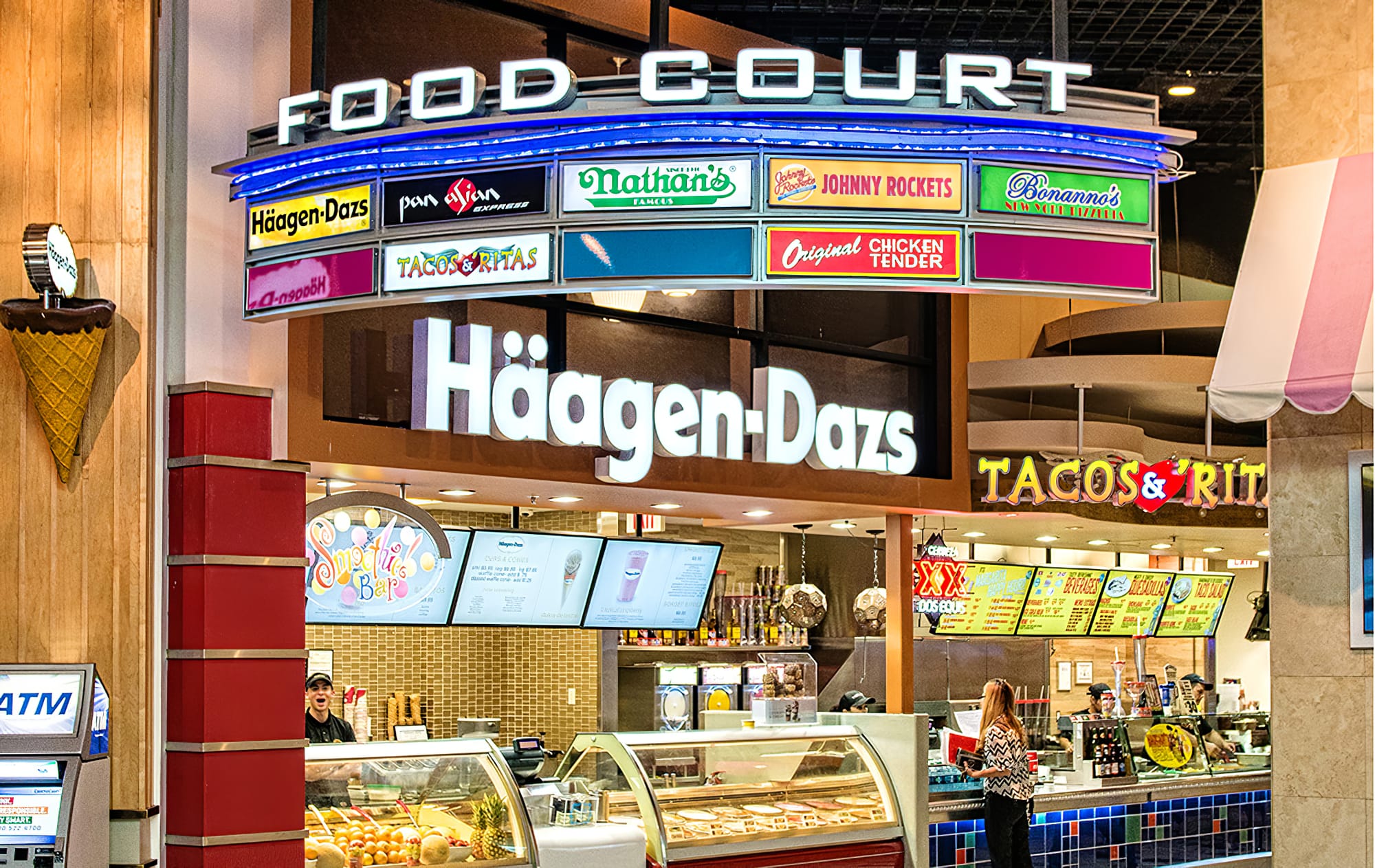
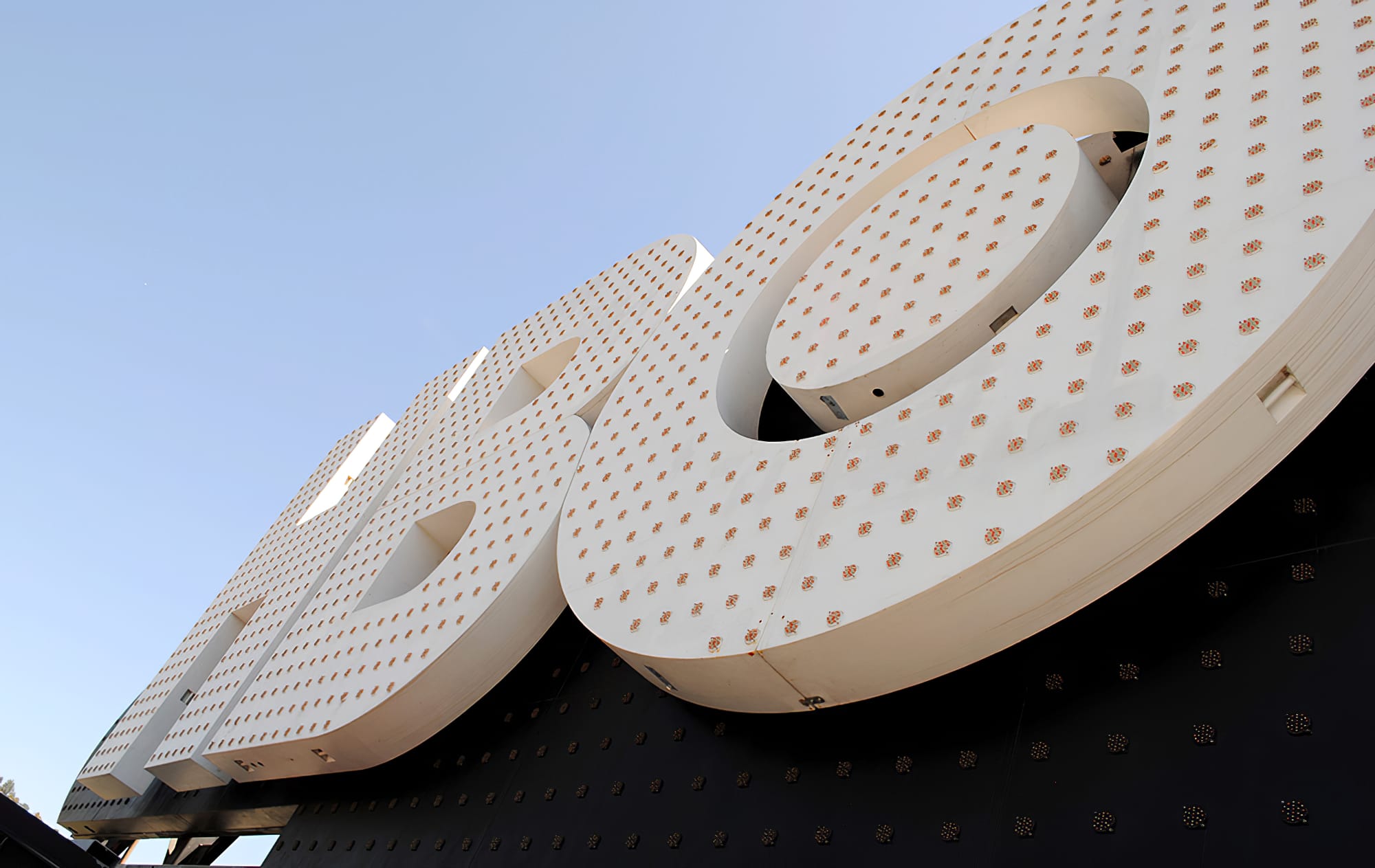
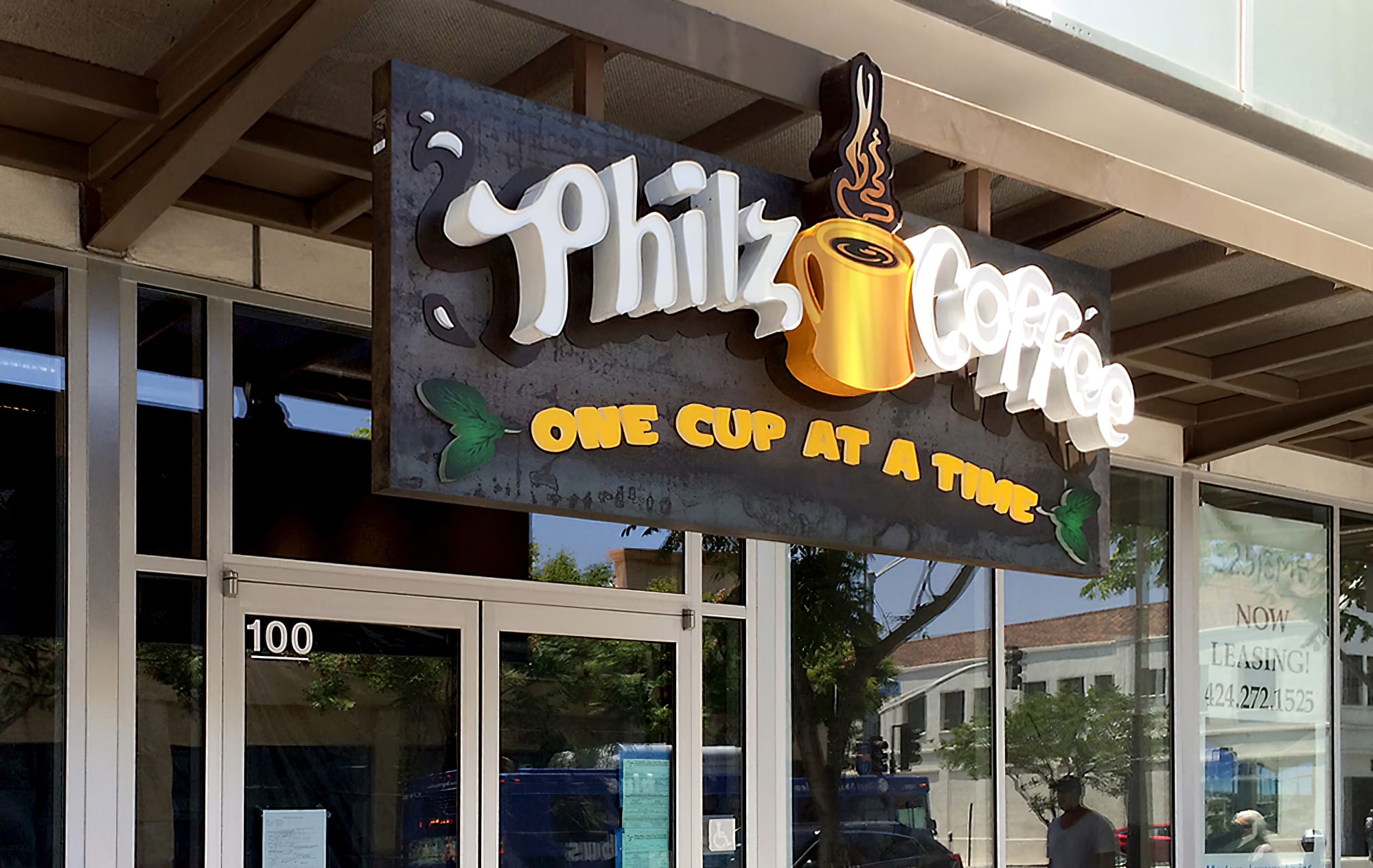
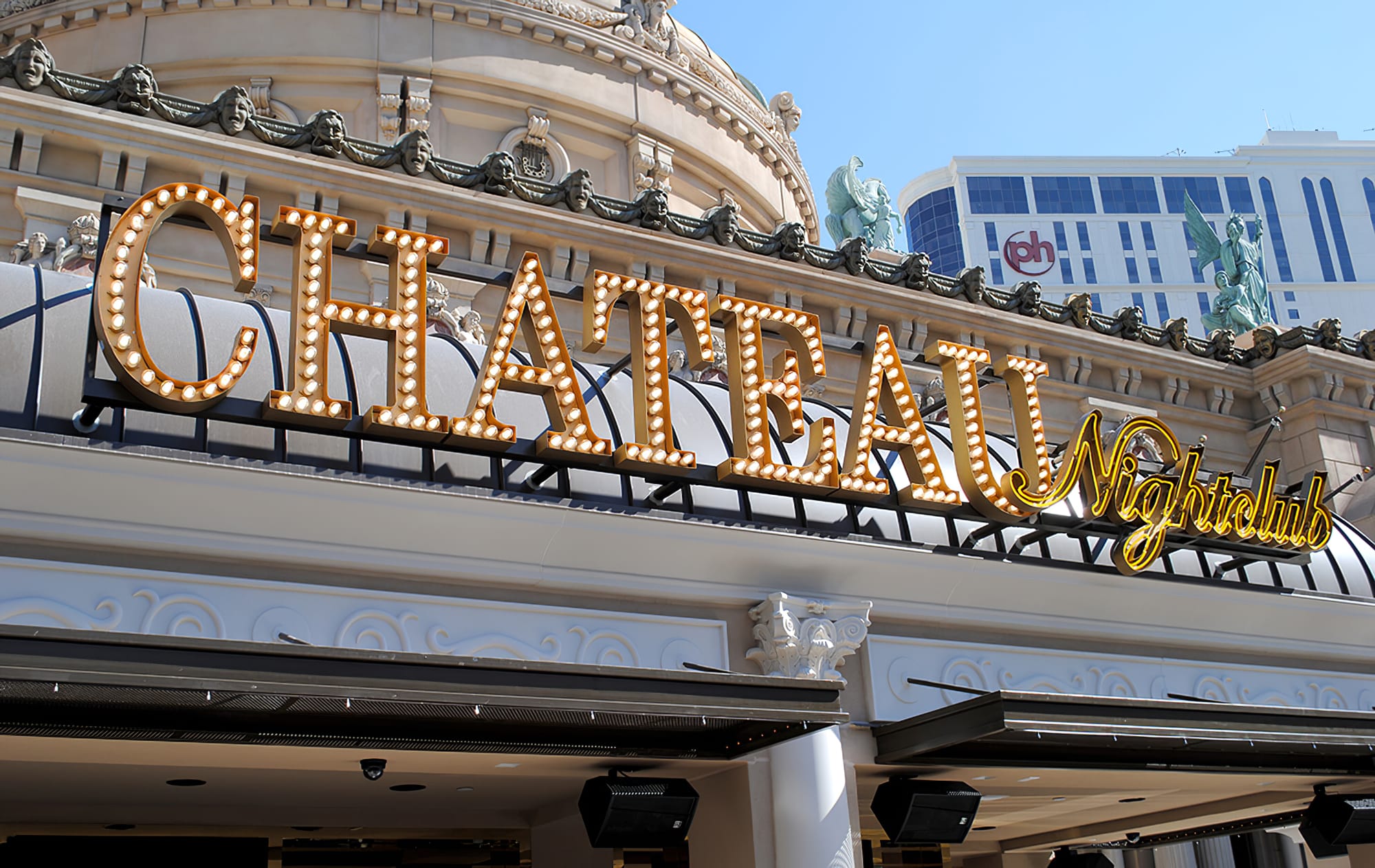
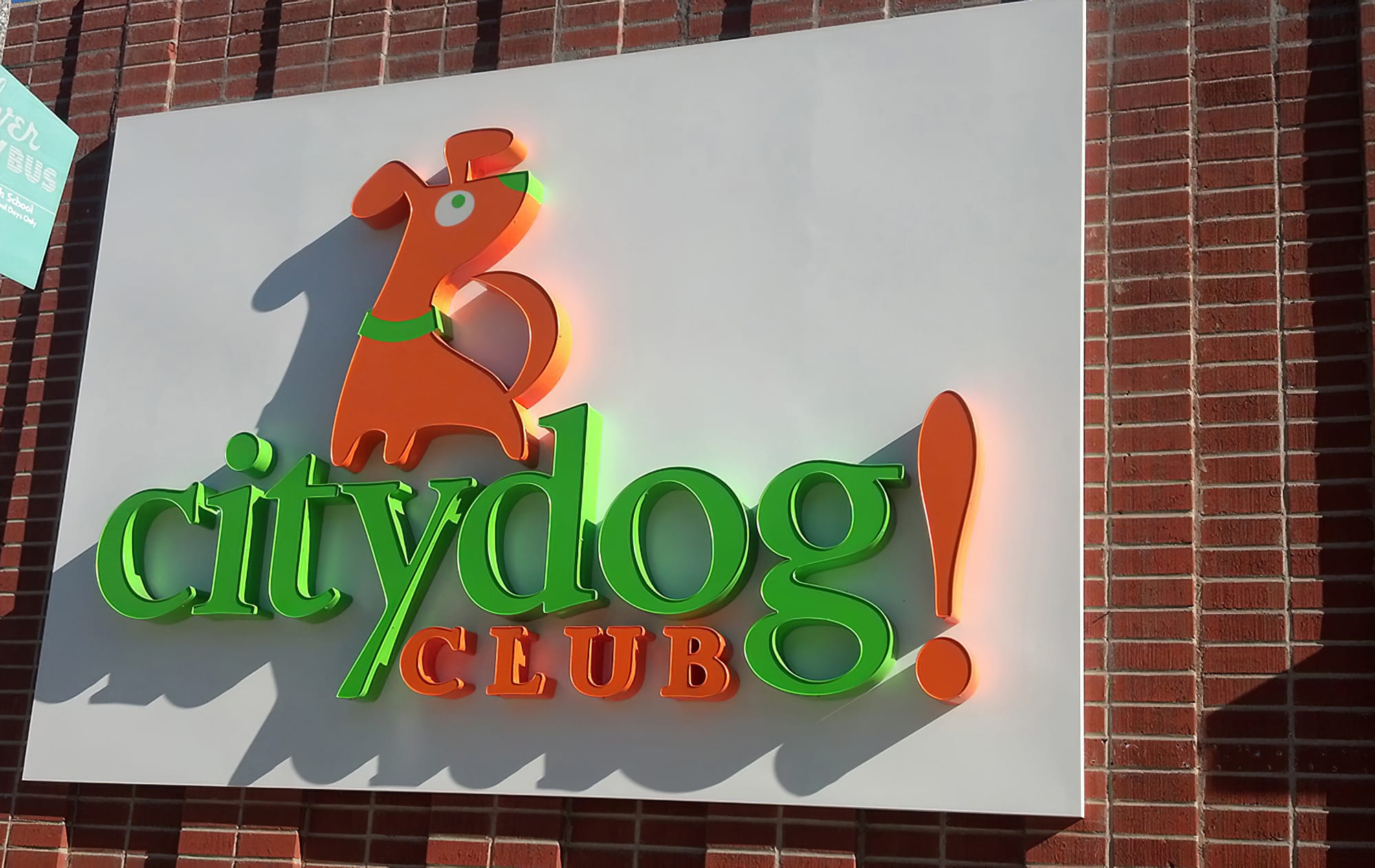
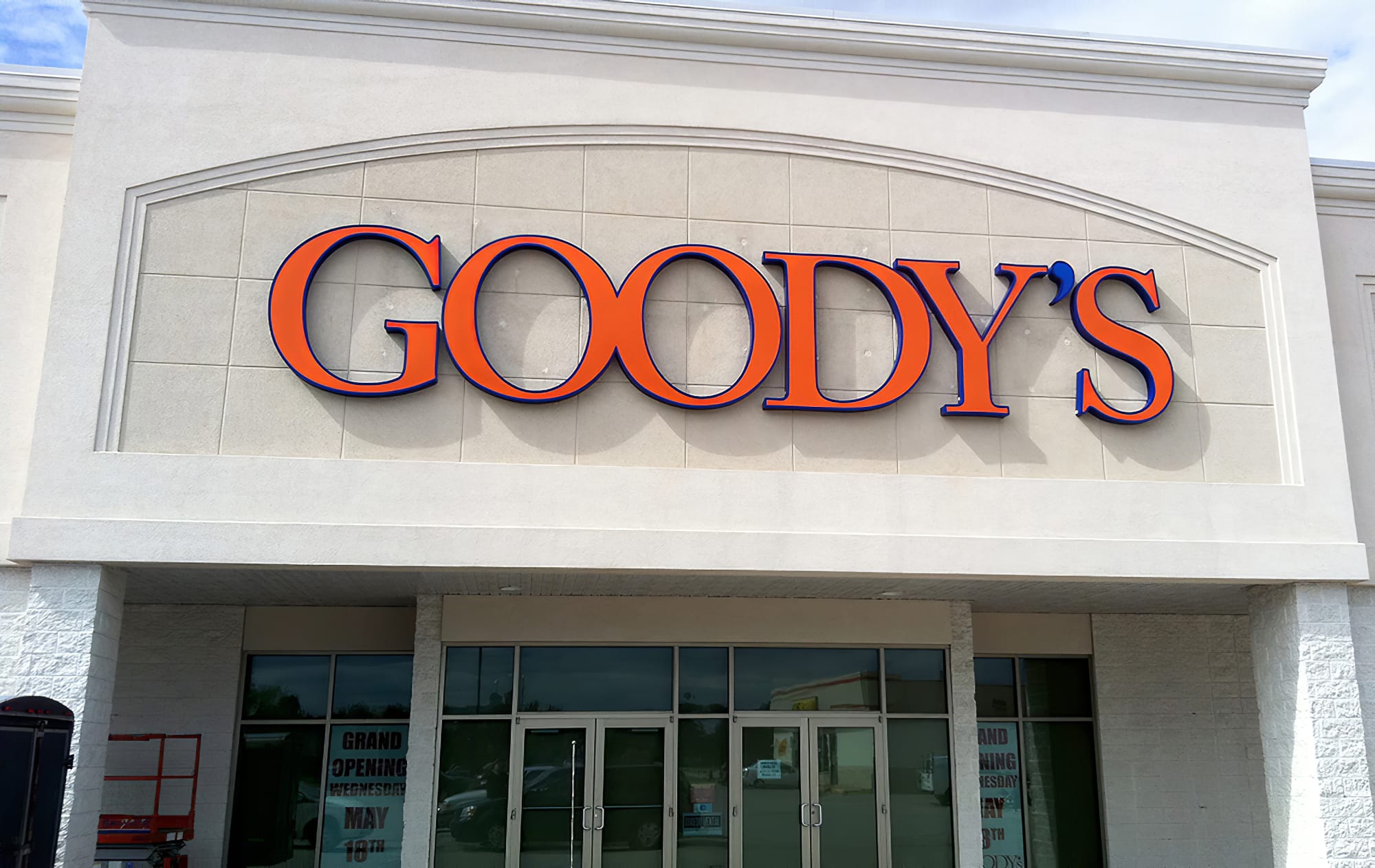
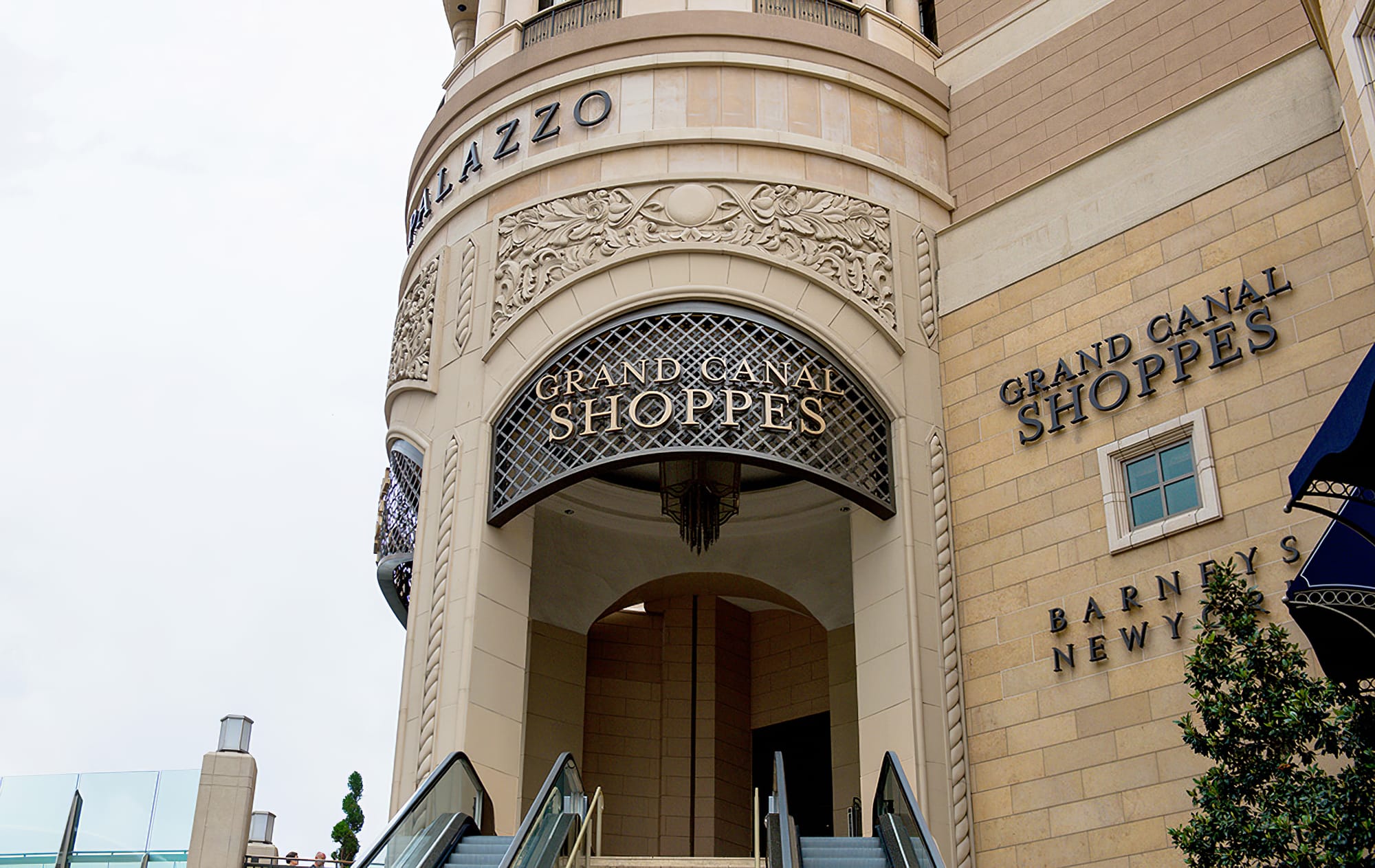
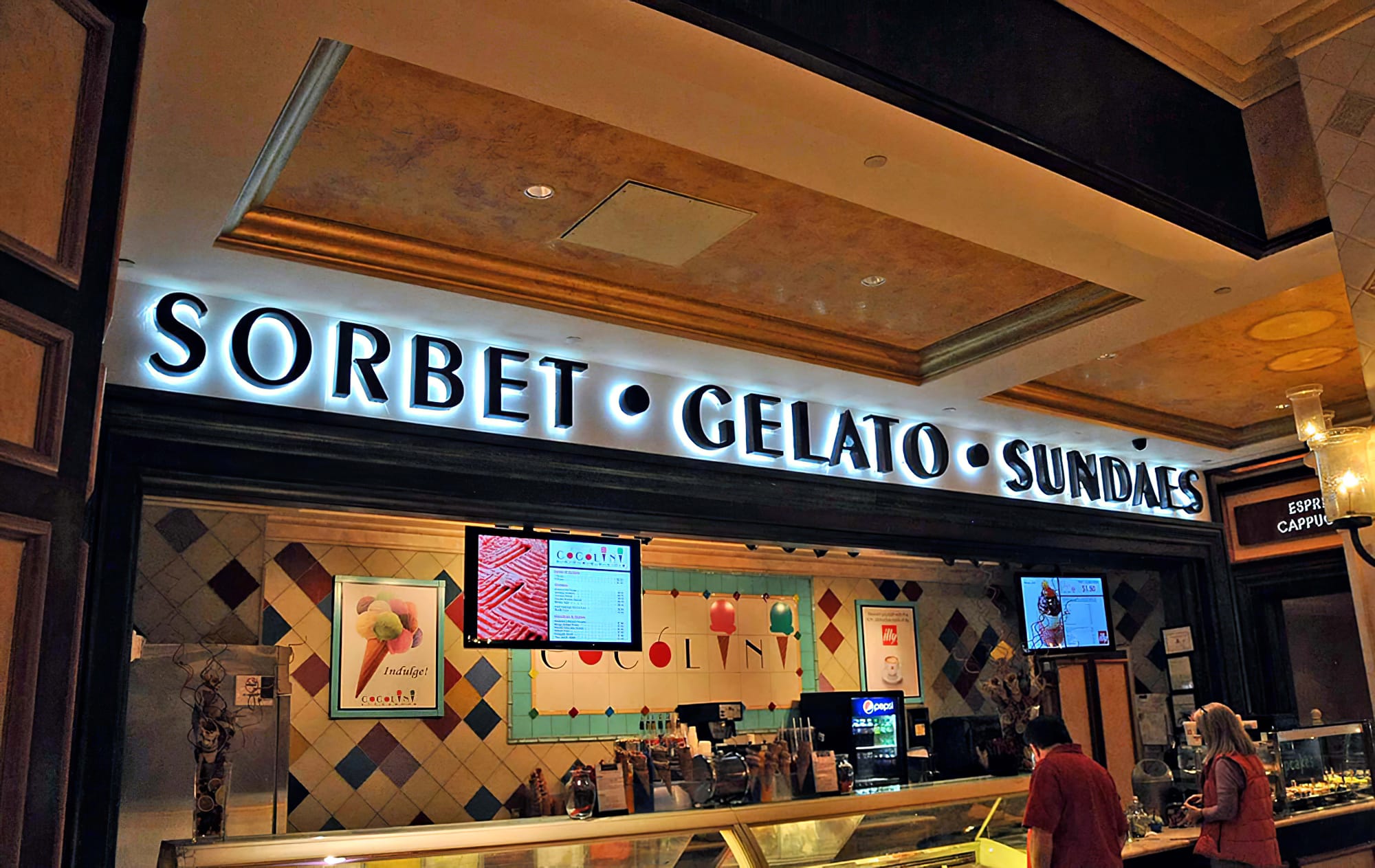
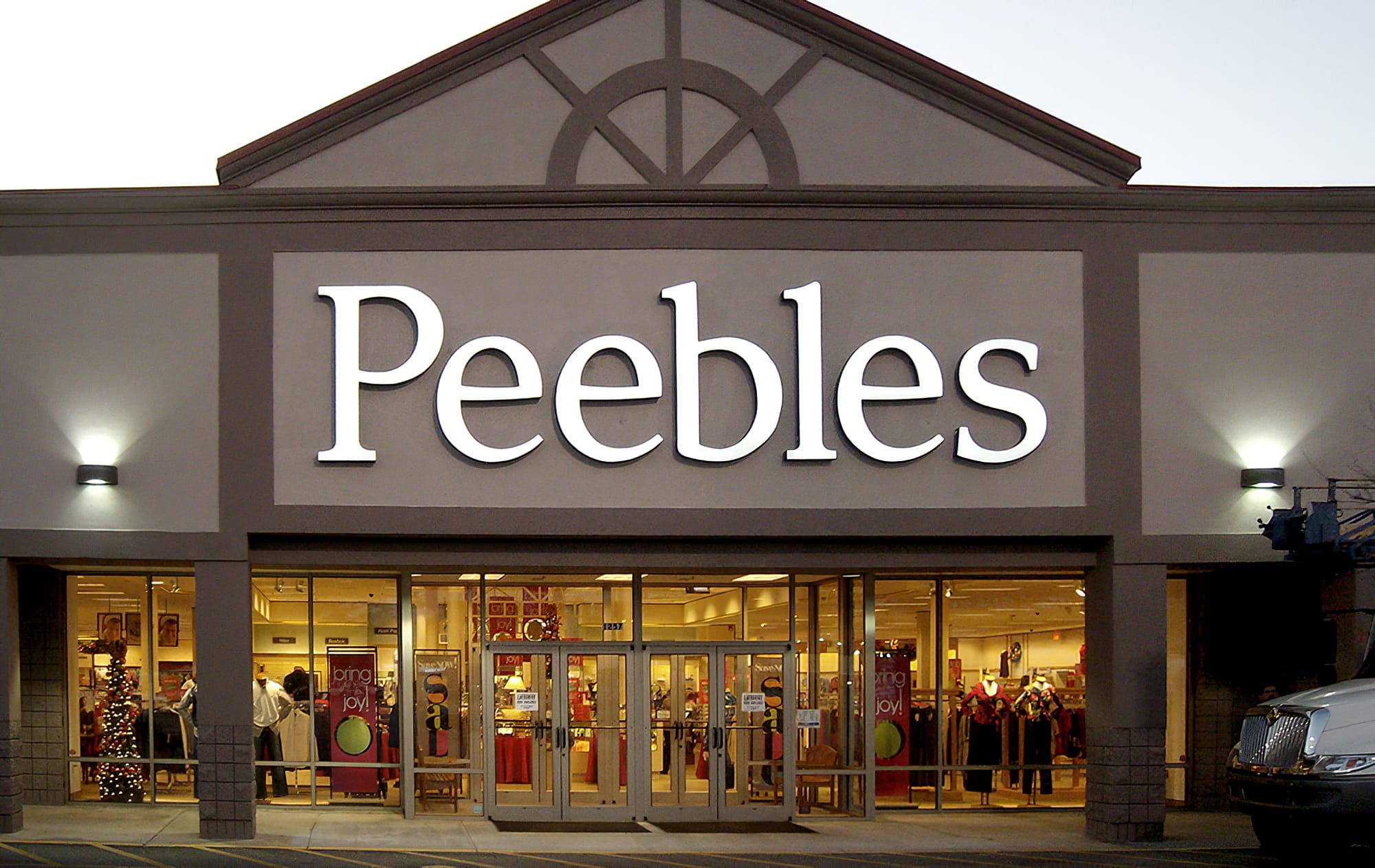
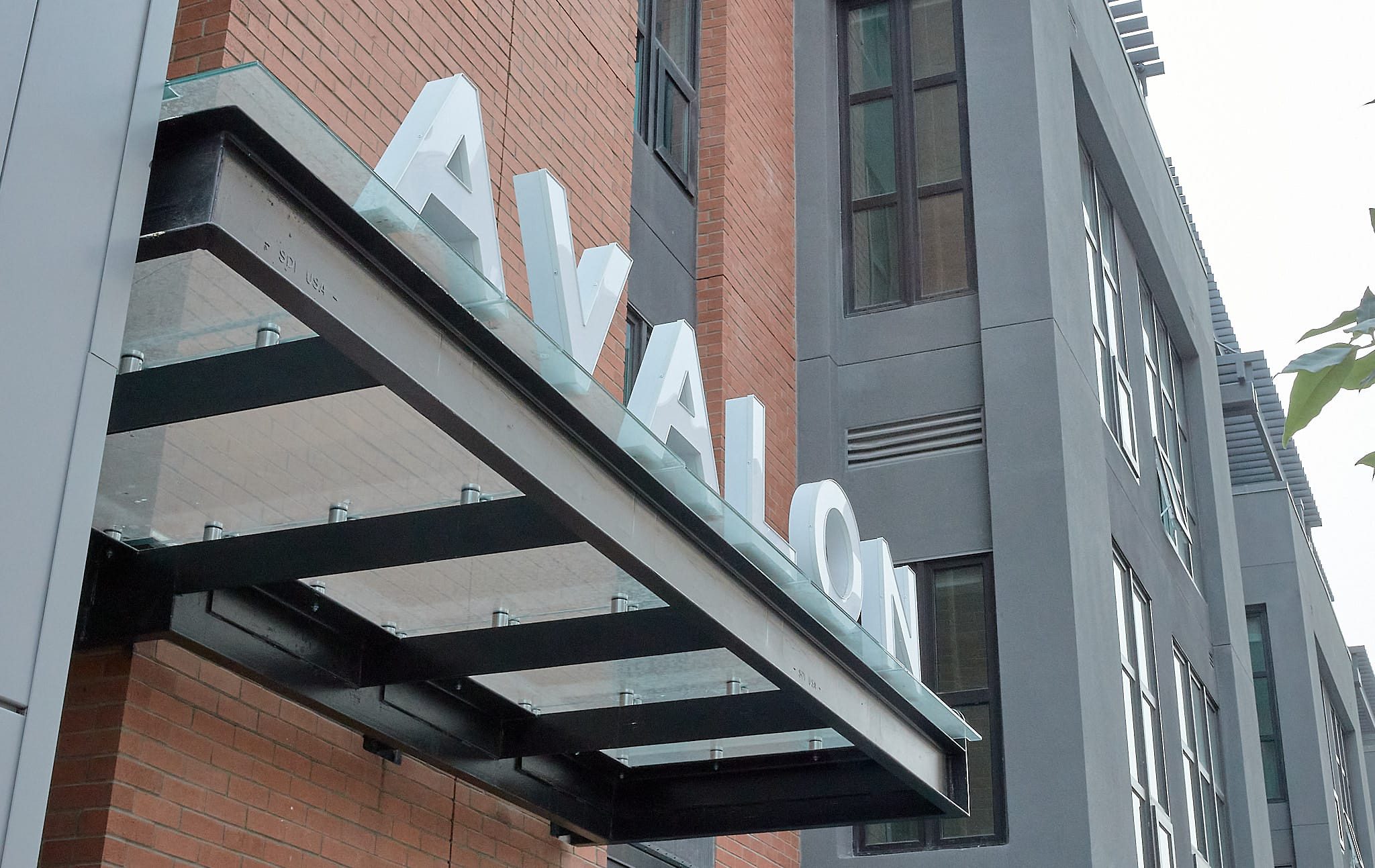

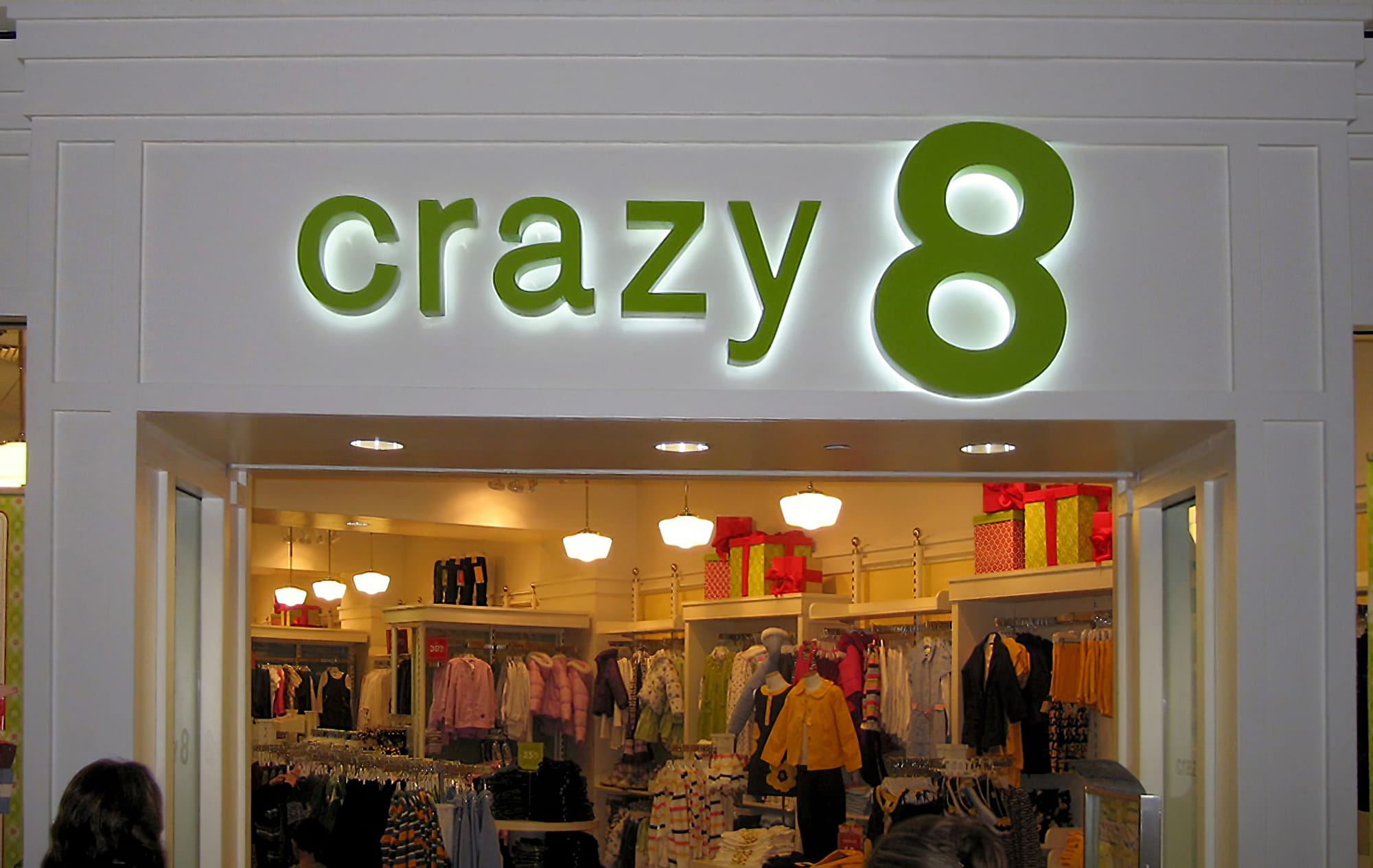
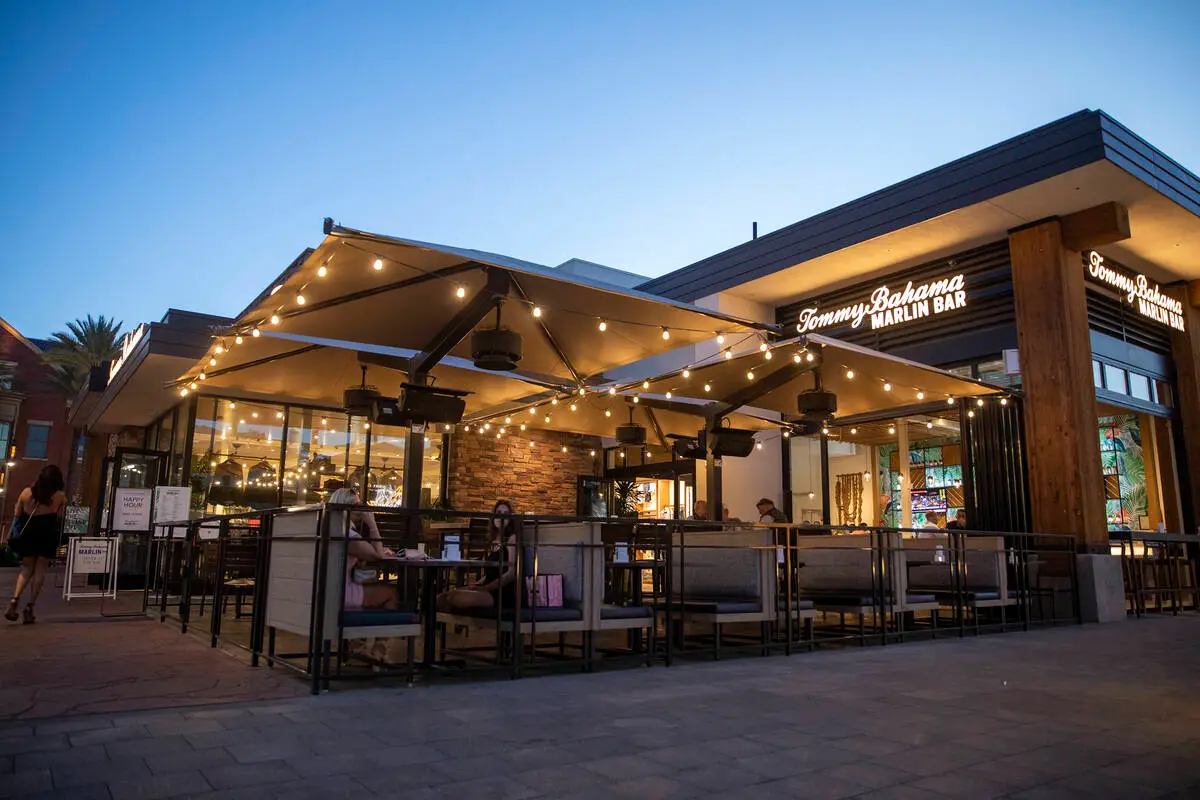
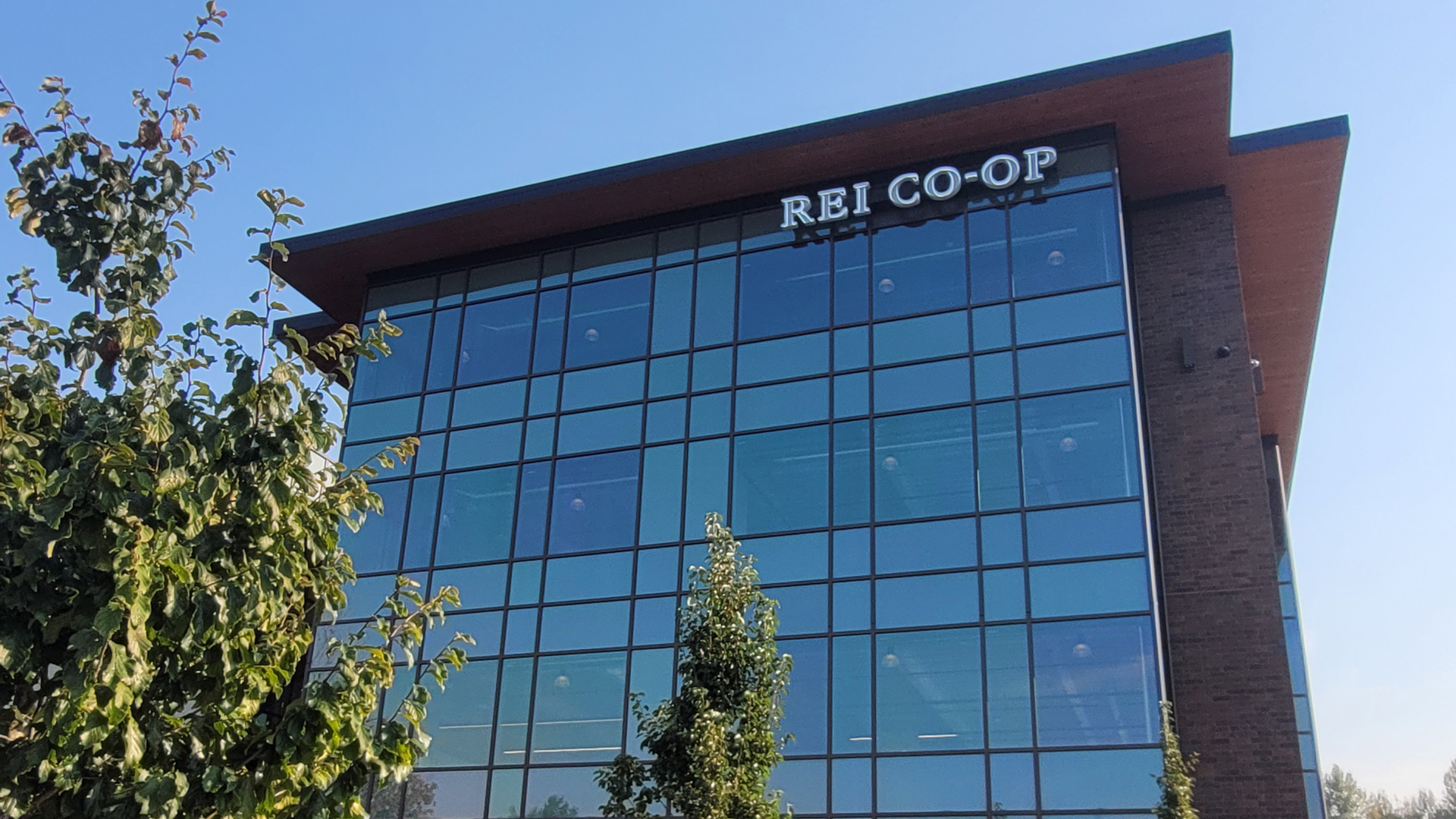
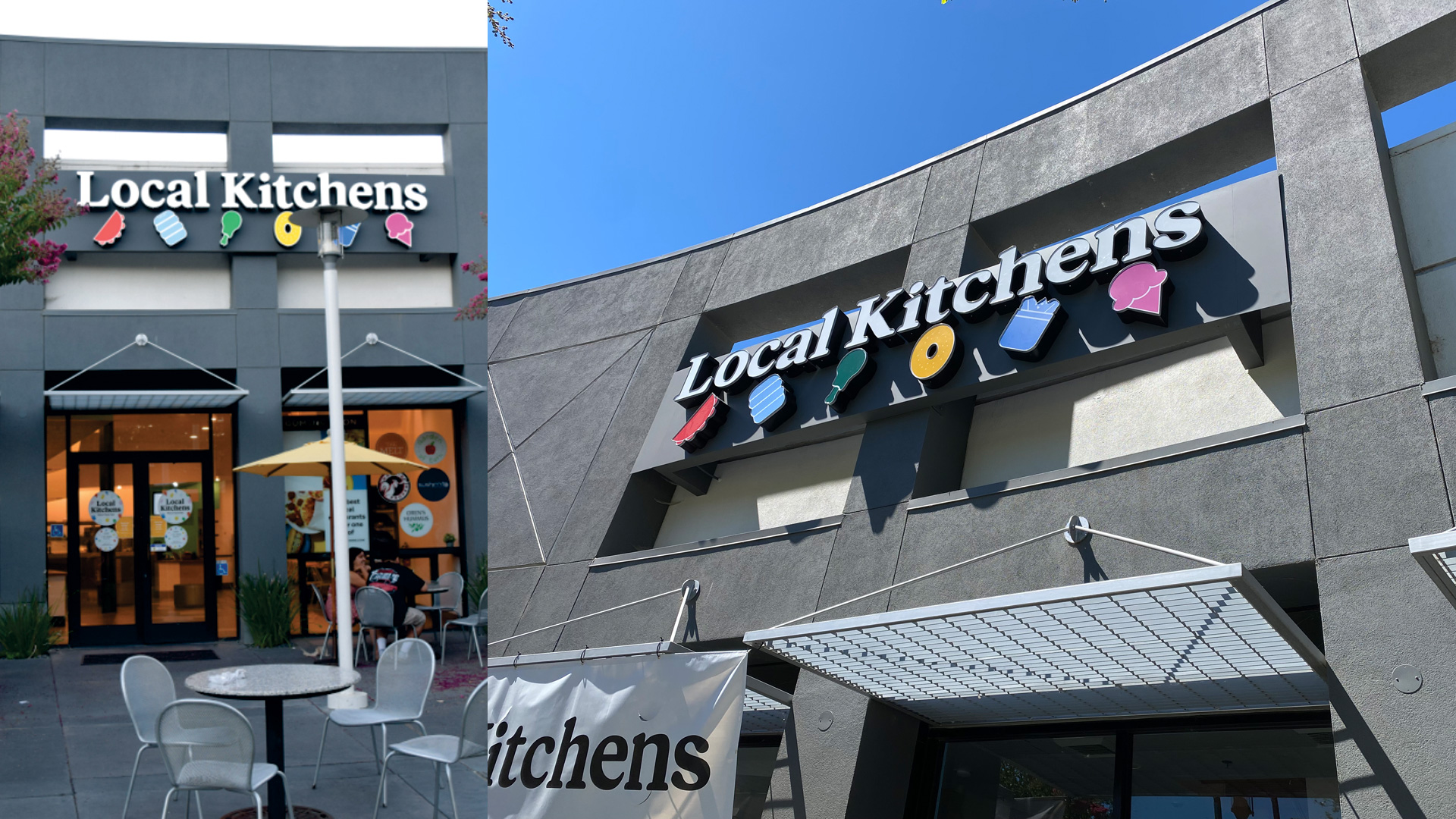
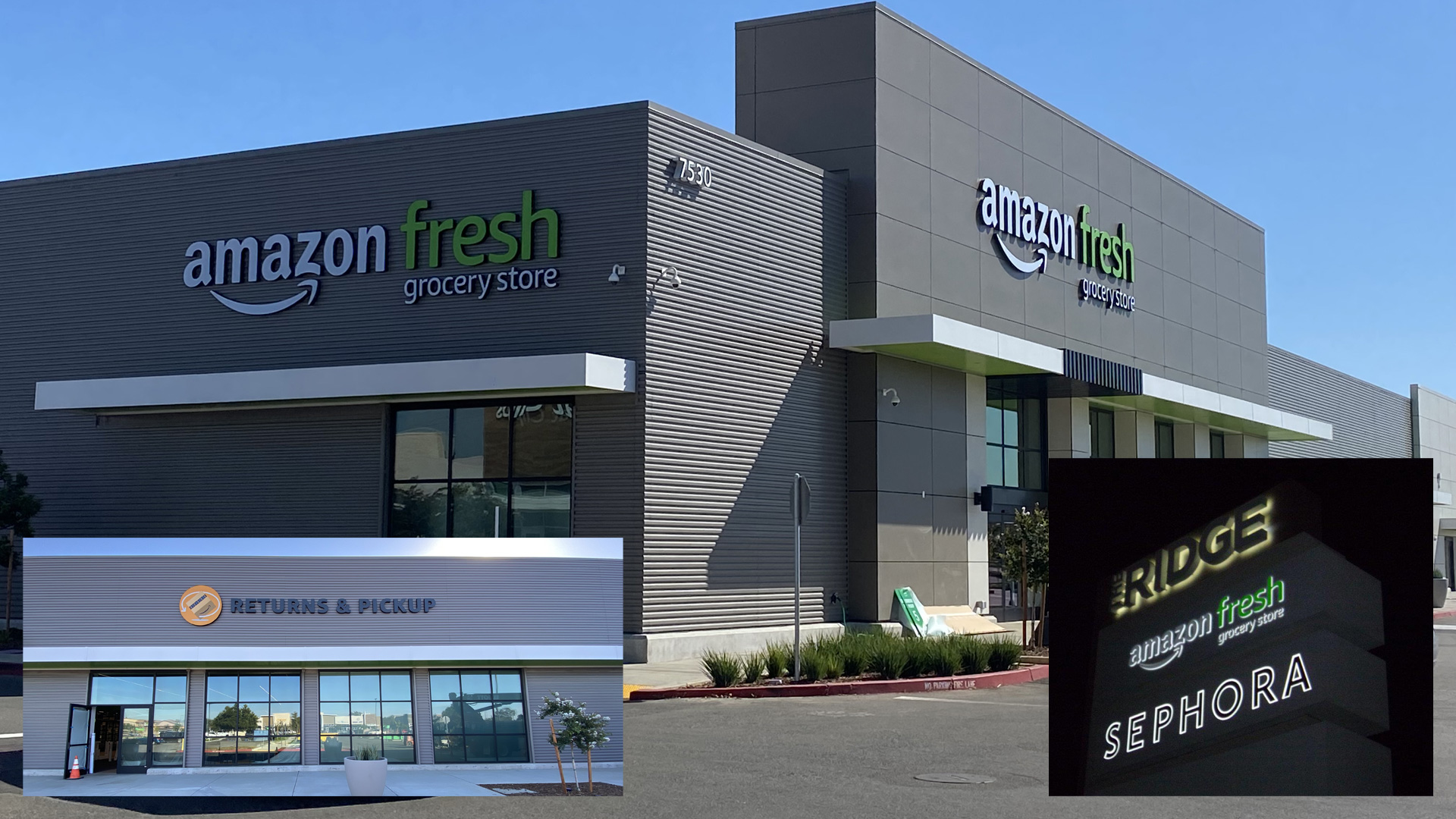
What Are Channel Letters and Why Do I Need Them?
Channel letters are custom-made metal or plastic letters commonly used in exterior and interior signage on public and commercial buildings. They can come in any size, from 3″ to 25′ tall. They can be simple or ornate, illuminated or non-illuminated, and may include dynamic features designed to meet your specific needs. Some of the latest electronics features include infill of full color, programmable LED pixels, LED flexible tube lights, and other lighting effects.
A standard channel letter is a three-dimensional graphic sign element. Its channel is most often fabricated from sheet metal, typically aluminum since it will not rust. A flat sheet of aluminum is cut by a computer-controlled router, laser, or water jet, which creates the back of the channel and is the basis for the letter shape. The sides of the channel letter, called the returns, are then formed by bending a strip of aluminum sheet around the aluminum back, which forms a “can”. The face is attached to the can and is made from a variety of opaque, translucent, or transparent materials, depending on whether it is non-illuminated, face-lit, or back-lit. When illuminated at night, channel letters draw the eye of passersby.
Why choose this sign type over another and under what circumstances?
Channel letters are a logical signage choice for any area that has an expanse of background space, such as walls and architectural facades. However, they are often used as smaller sign elements that are part of other types of signs. They are flexible, memorable, and durable, and they project a contemporary look that will leave a lasting impression on customers, day or night. Due to their structure, channel letters offer some added advantages compared to other signs. For example, if a letter is damaged, simply replace the individual letter, not the entire sign. Despite their name, a channel-letter sign may include any other shape, including a logo or graphic. Because of their design flexibility, they are a cost effective means of conveying brand identity, information, and advertising for a wide variety of scenarios – both interior and exterior.
Depending on the jurisdiction and application, channel letters may require planning and zoning approval and/or building permits. Increasing size and adding features to channel letters, such as neon or programmable lighting, will increase the cost and time it takes to build them.
Different Types of Channel Letters
- Dimensional letters: Unlit three dimensional letters that are applied to sign panels or monuments.
- Face-lit channel letters: Illuminated 3-D letters with either neon or LED lighting modules inside the can that shine outwards to illuminate the translucent face material of the letter.
- Exposed neon channel letters: Standard channel letters with neon lighting, but the neon is covered with a clear acrylic face to protect the exposed neon from outside elements. This allows for the exposed neon to be seen, as well as the inside of the channel letter interior itself to add to the dimensional look.
- Plastic formed channel letters: Formed channel letters feature a molded plastic backer with a raised lip. A plastic molded cover snaps over the base. The cover is made from translucent light-diffusing colored plastic. Light is emitted from both the face and the sides of the letter. Cut vinyl can also be applied to the face to create various colored light effects, or to produce a halo effect. The plastic face can also be made with a translucent chrome finish so the letters appear chrome by day, but still light up at night.
- Back-lit channel letters: Back-lit channel letters are also called “reverse-lit” or “halo-lit” letters. The face of the letter is constructed from opaque material and the lighting is directed to the back. This light floods the wall or background that the letter is mounted to and creates a negative space at night. LEDs are installed to the inside back of the can, and the inside of the can is often painted white to reflect light.
Face-lit and back-lit channel letters: These letters combine the features of a face-lit and back-lit letter.
How Ad Art Does Channel Letters
Ad Art is all about value. We strive to be cost effective in everything we do so that every penny spent will bring optimal return on investment. Ad Art is known for creativity and innovation that helps set each customer’s sign apart from “ordinary” static signage. Quality, durability, and reliability are hallmarks of our products, which drives us to take pride in our work. We look good when our customers look good.
Channel Letter signs are constructed to the highest standards in the sign industry. Letter backs are cut from a flat sheet of aluminum cut on a table by a computer-controlled cutter, based on a vector-based art file. Returns can be welded at the seam or flanged and riveted or can be fastened with galvanized or stainless wire with a metal stitcher to create a solid can in the shape of the letter.
For “face-lit” letters, the can is painted and fitted with any lighting components necessary such as neon gas tubes or light-emitting diode (LED) modules. A translucent plastic face is cut to fit the open face of the letter can. A trim cap border is applied to its edges which gives the letter face a finished appearance and creates a fastening surface to attach it to the letter can.
A “back-lit” letter is fitted with a clear or translucent plastic back to diffuse the light and protect the lighting elements and wiring. Back-lit letters are typically mounted 1-1/2″ from the wall so they are set off from the façade of the building. The face can also be applied with black perforated vinyl, so the letters appear black in the daytime and white when lit at night. Face colors are usually matched with their closest corresponding LED color to make the effect look more appealing.
The Process:
First, we determine the needs of the business to ensure what type of channel letters is the appropriate choice. We then establish design requirements with the customer. After that, we select the basic elements of the letters that meet design requirements. These include:
- Illumination
- Dynamic lighting or animated lighting effects
- Structure and shape
- Materials and finishes
